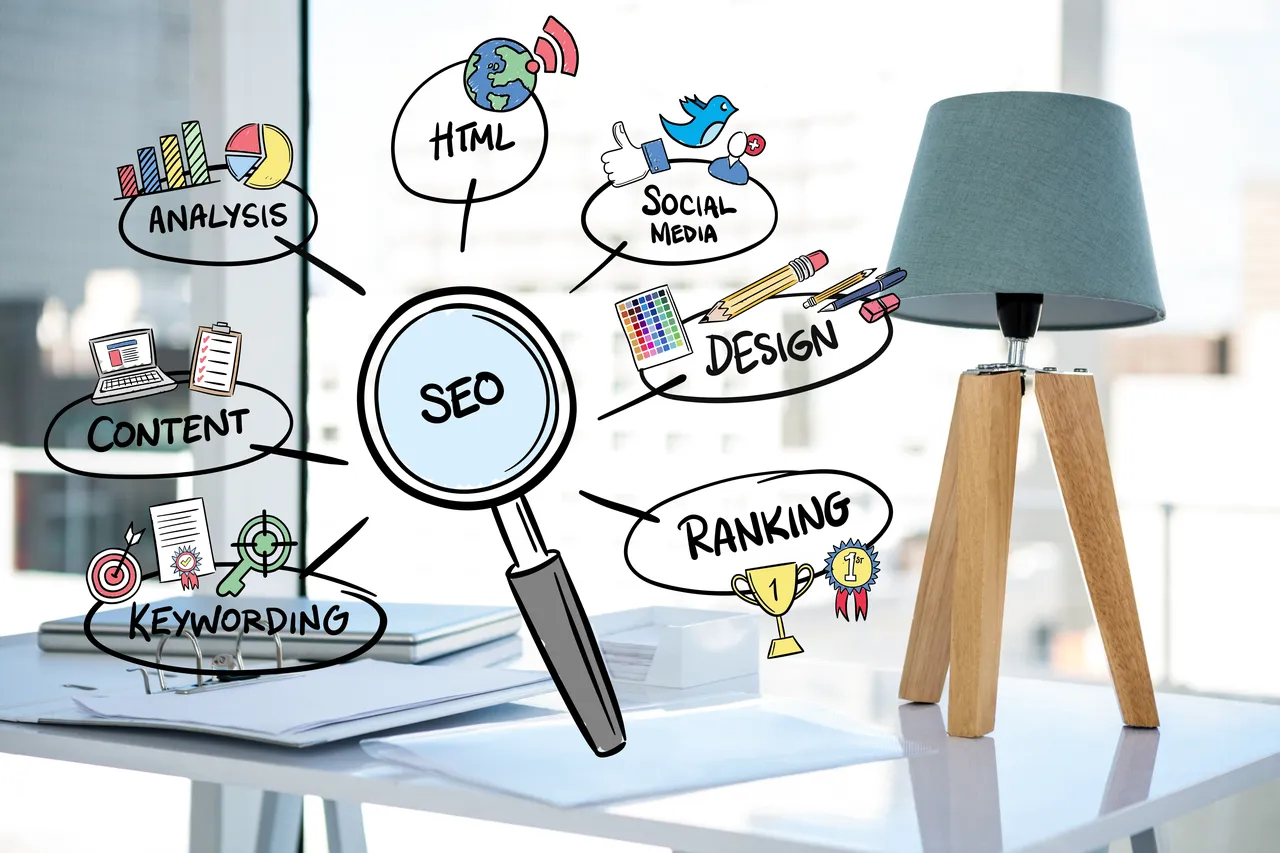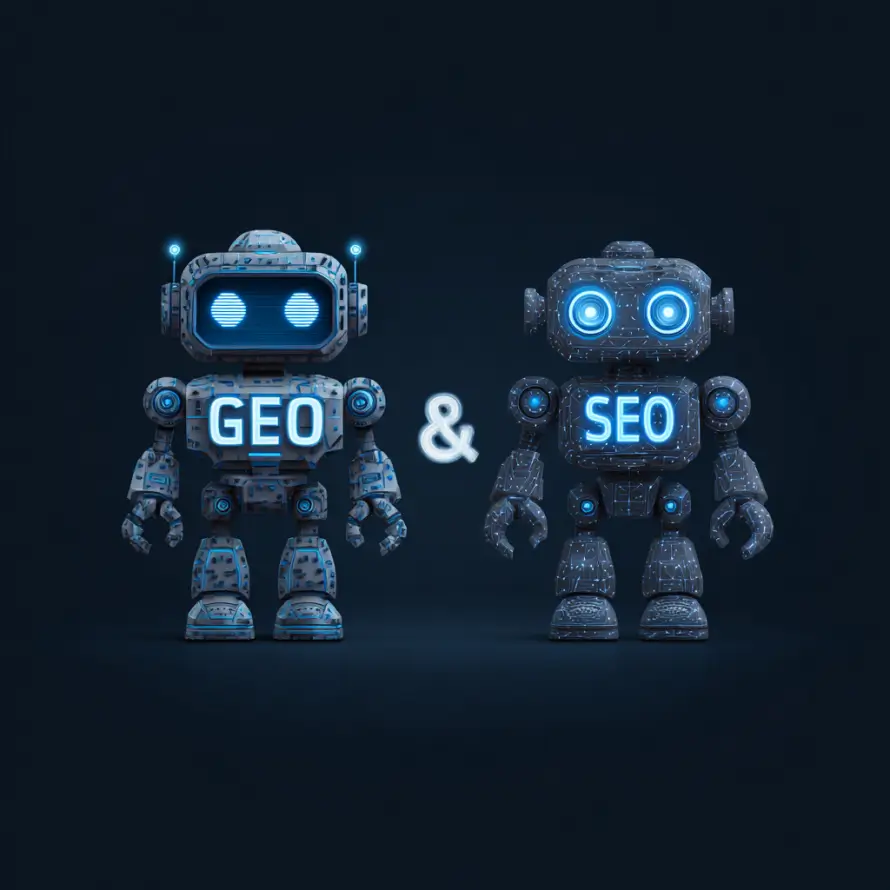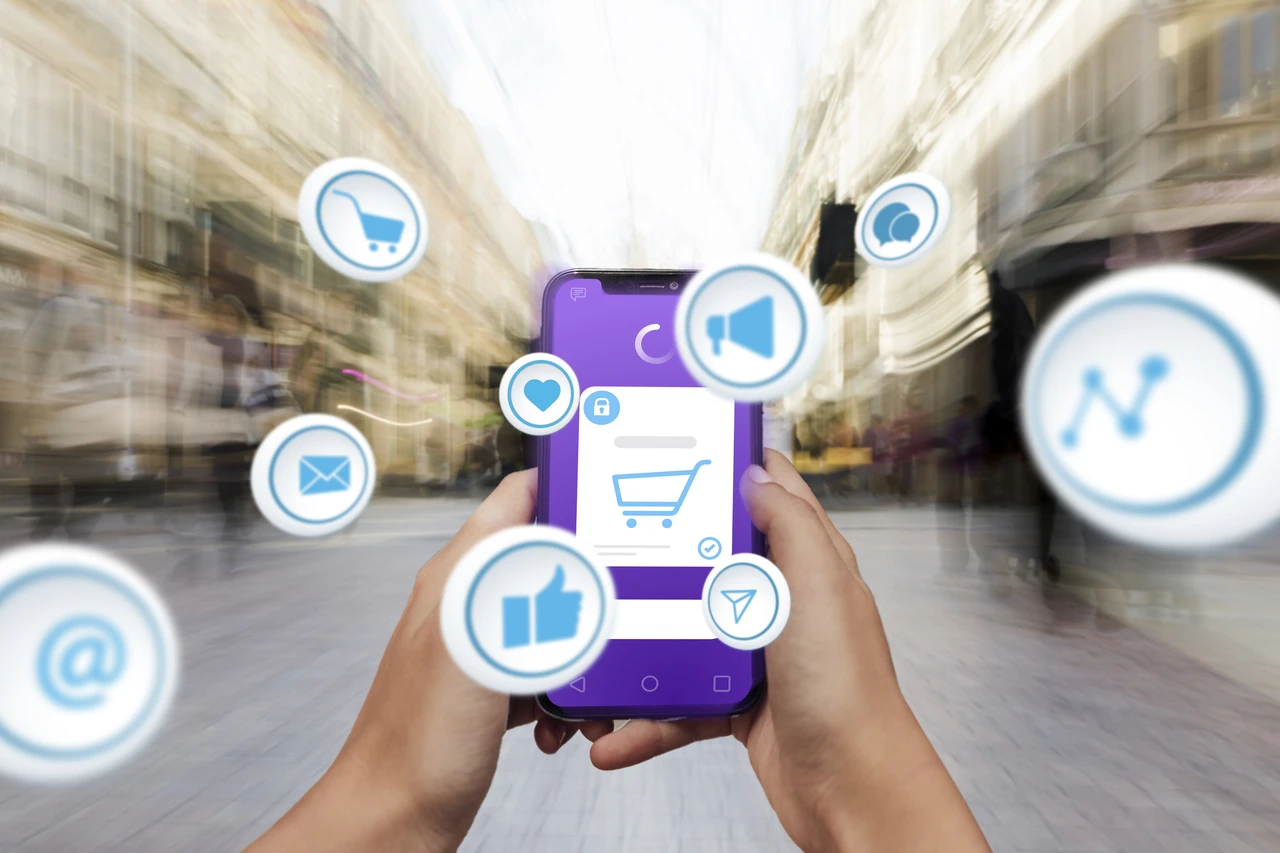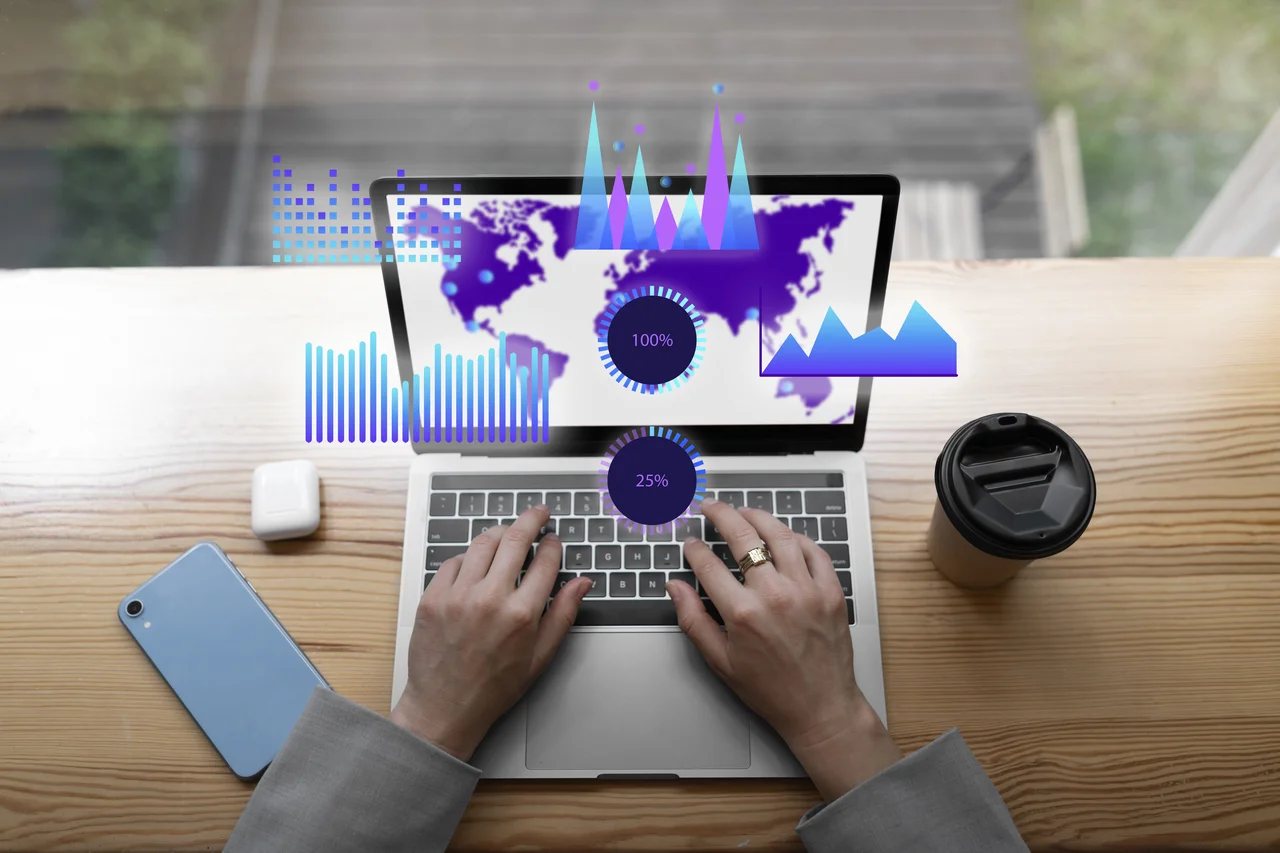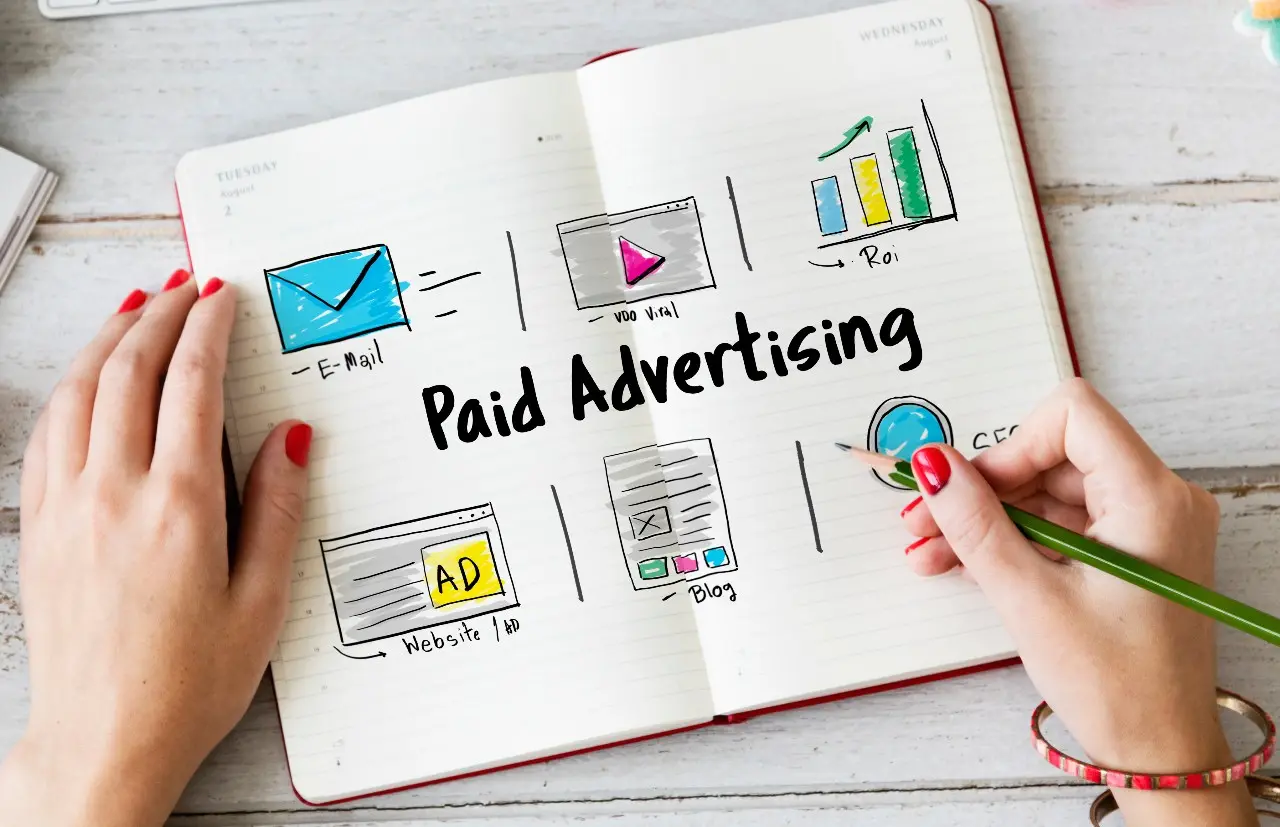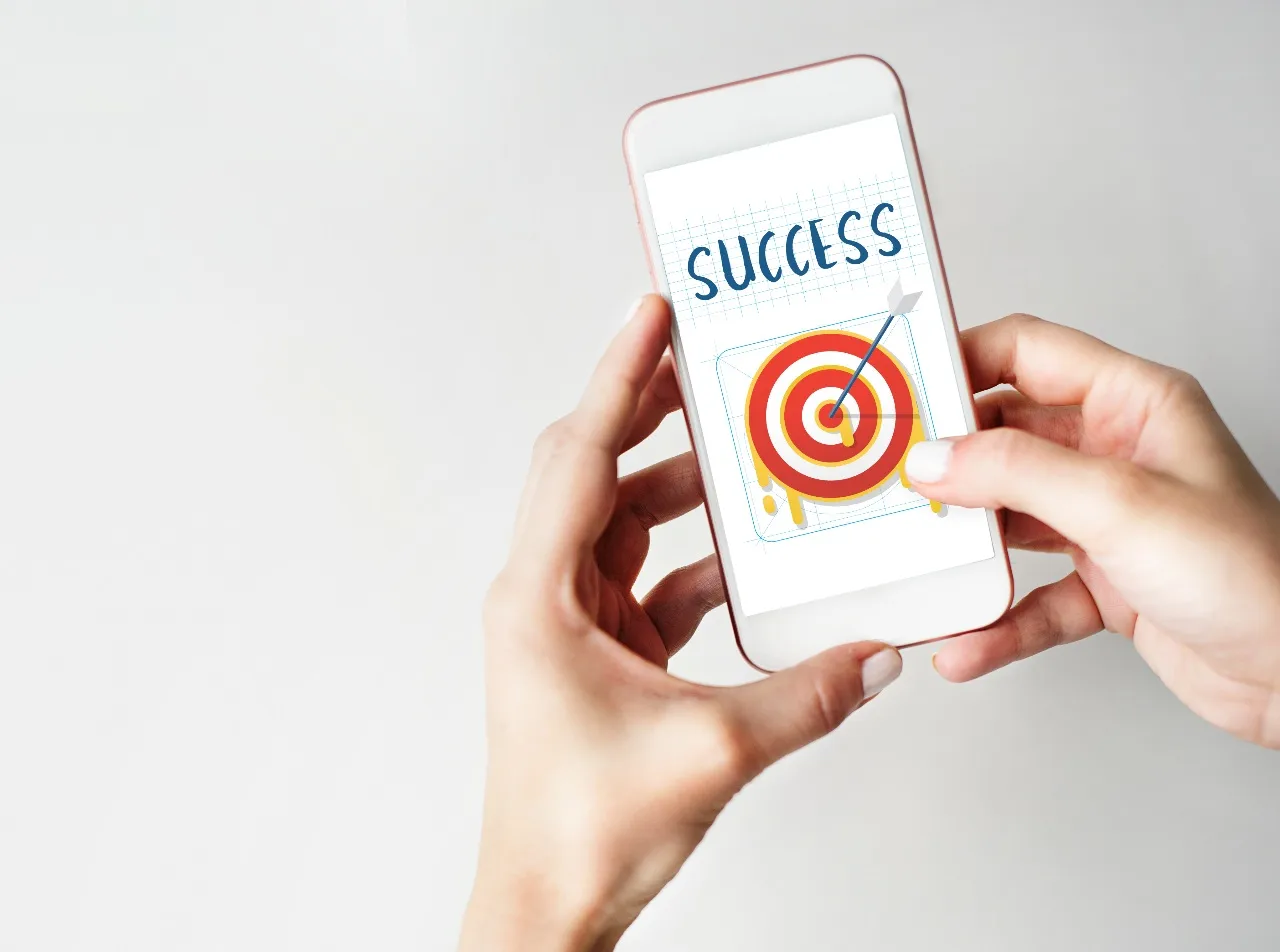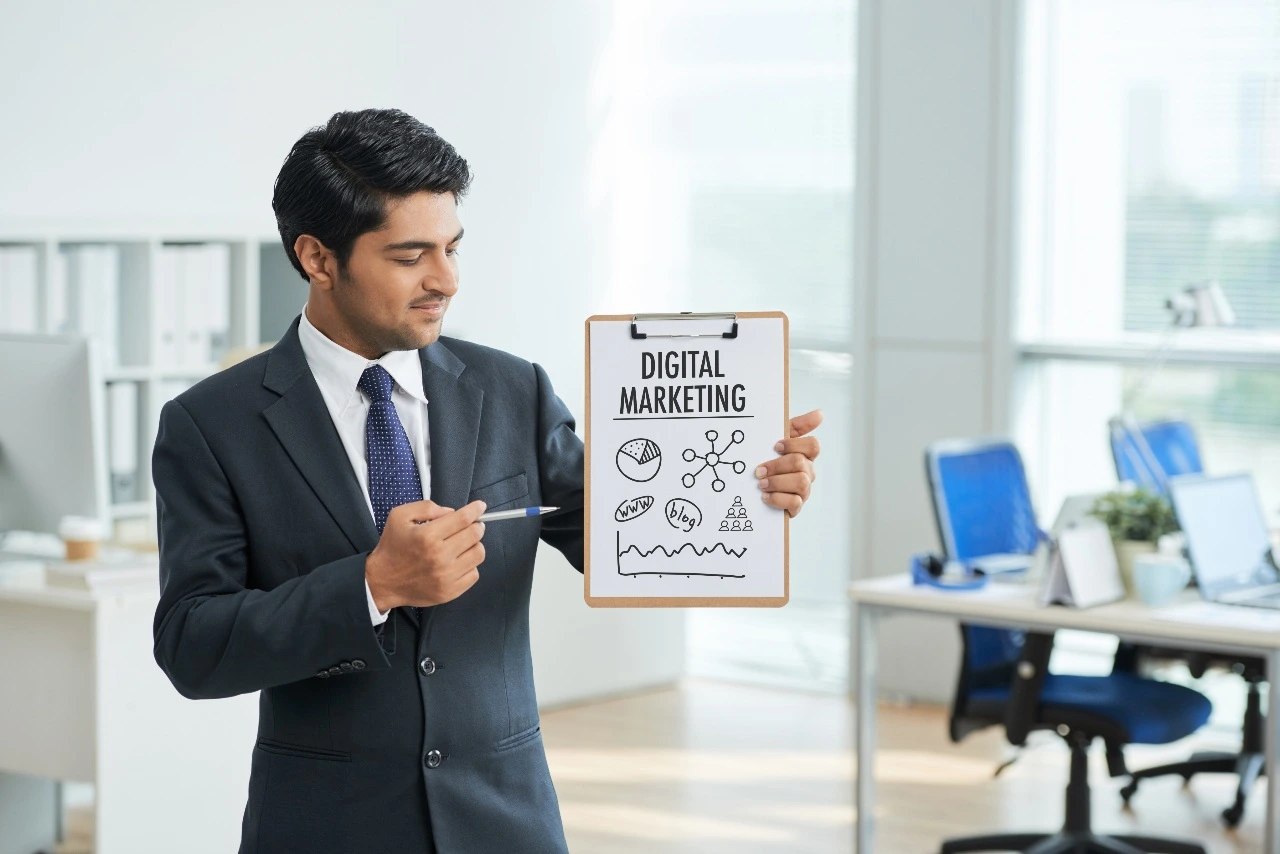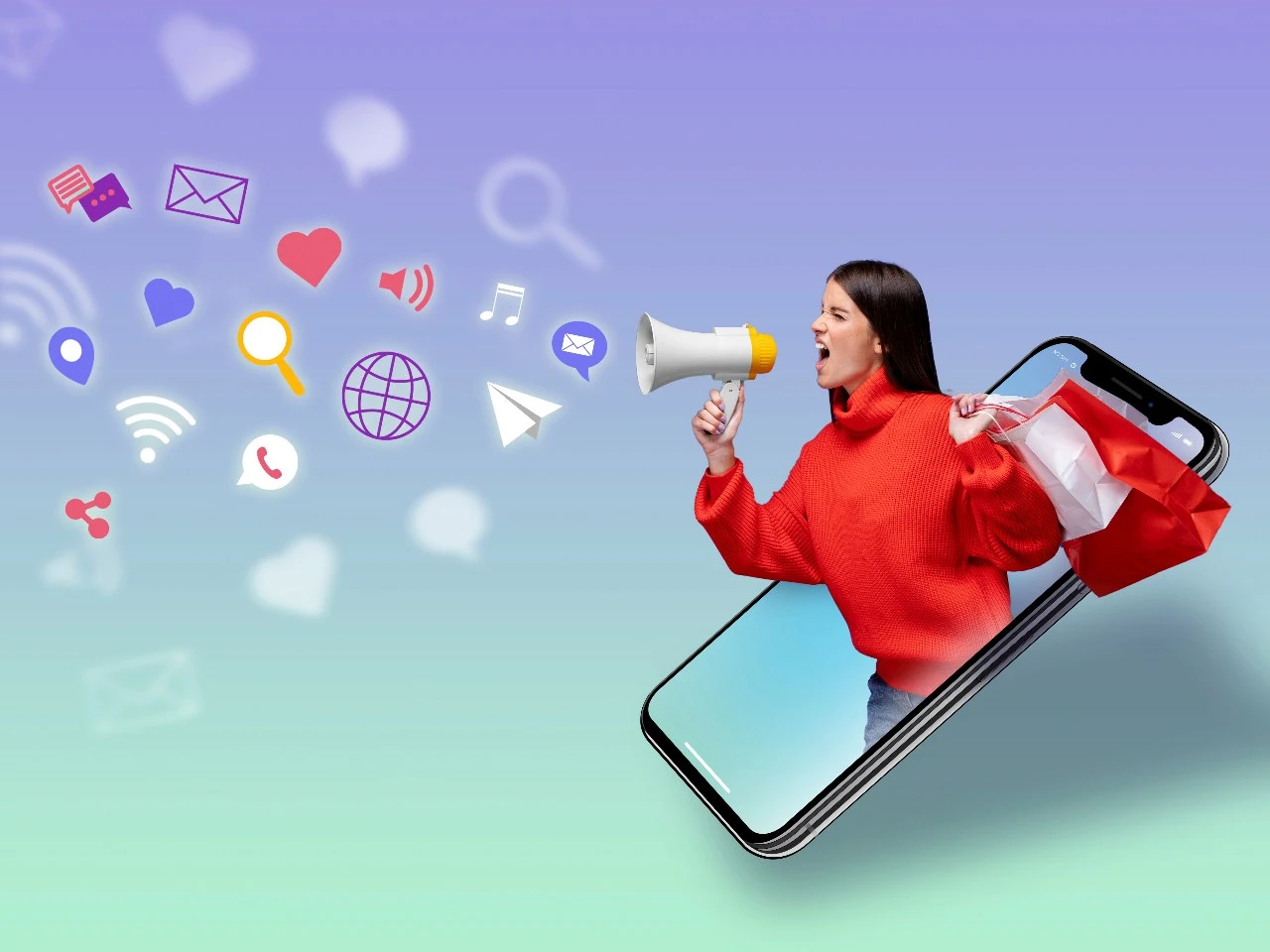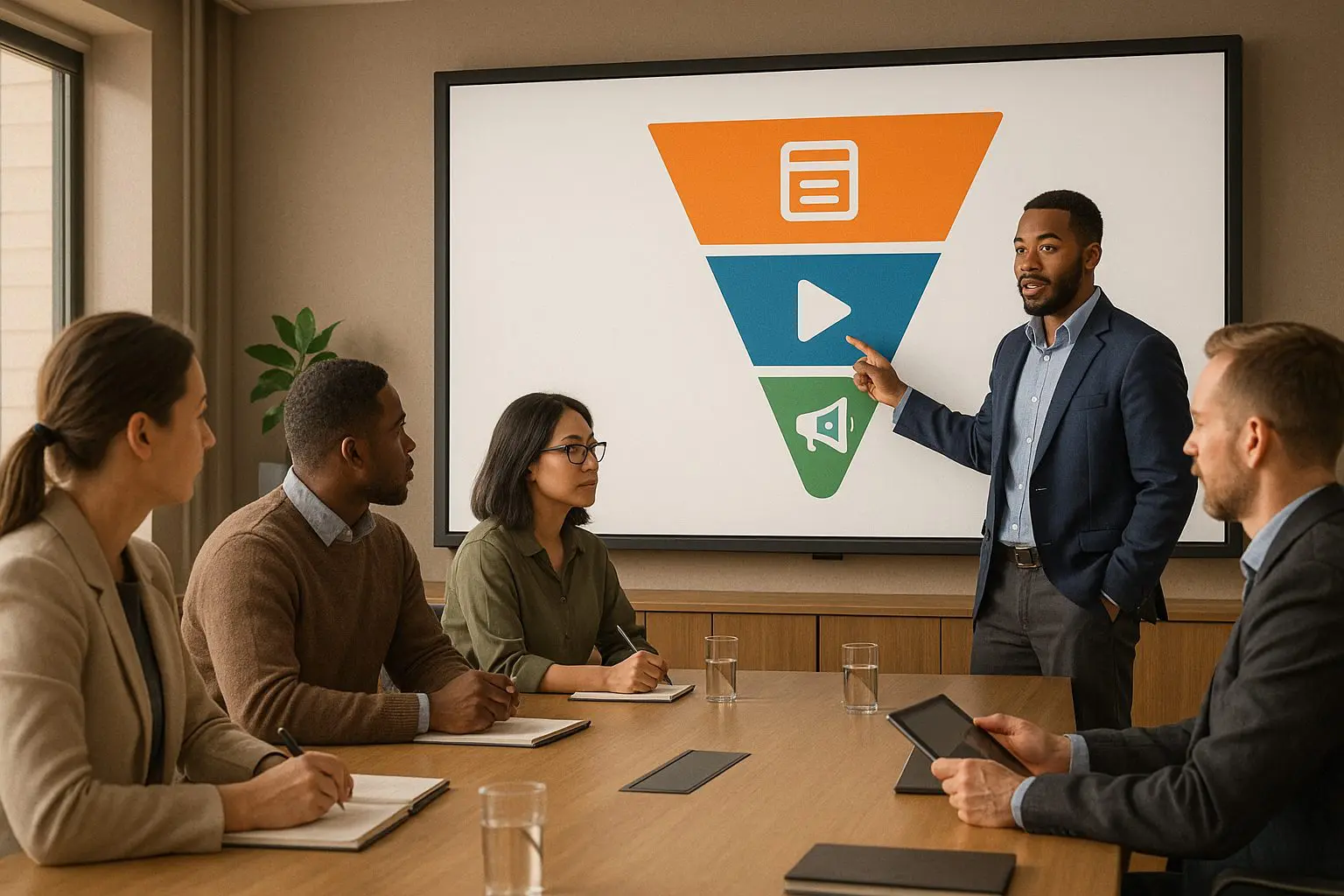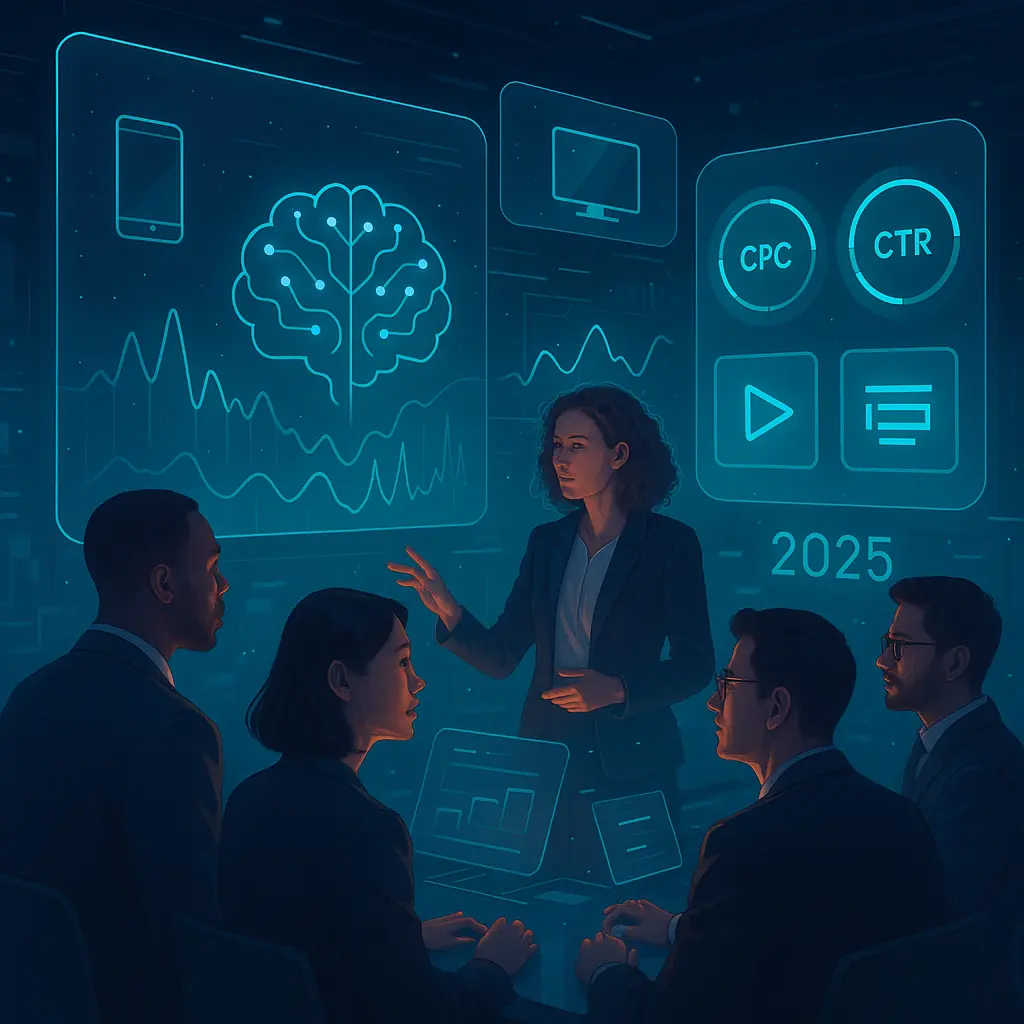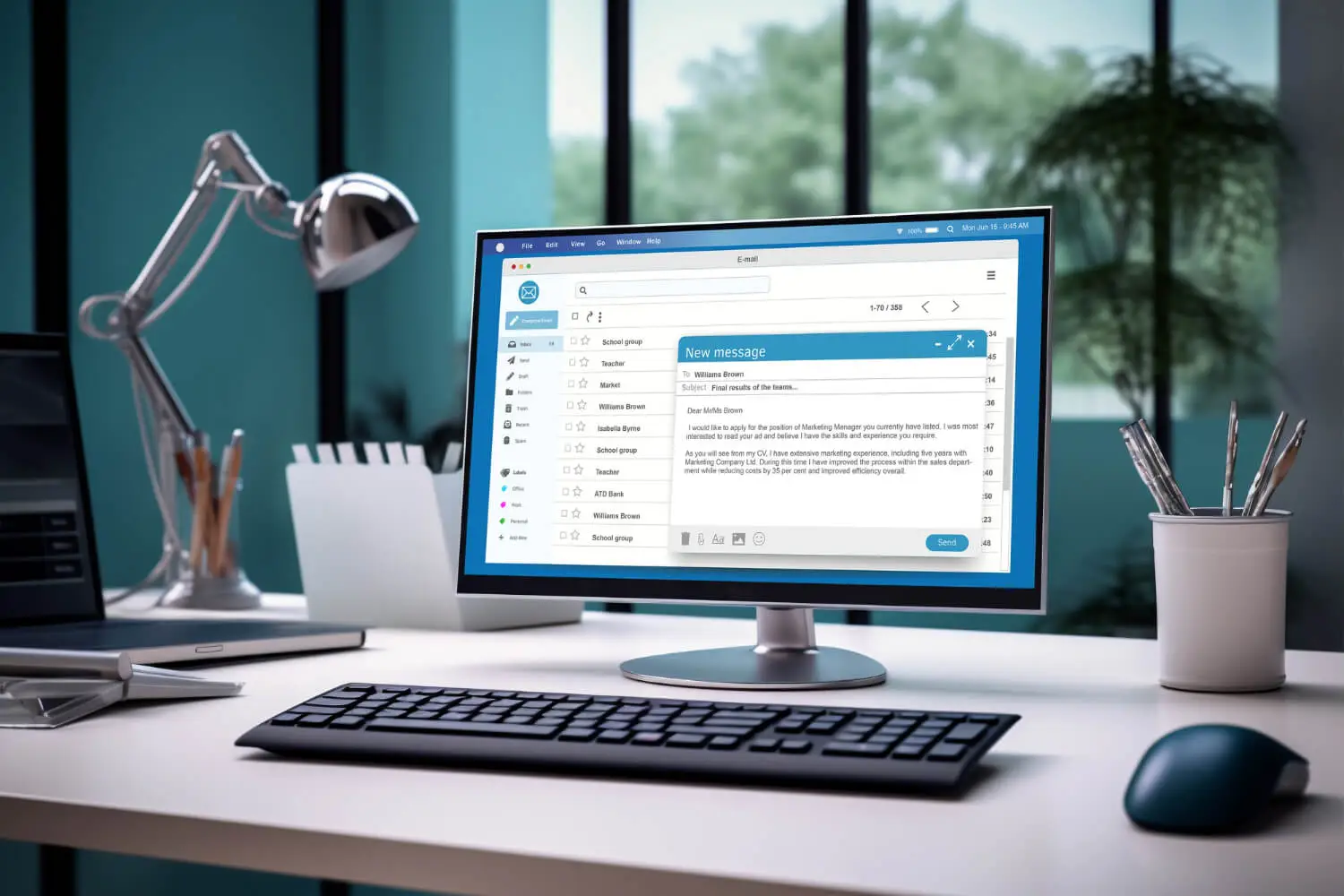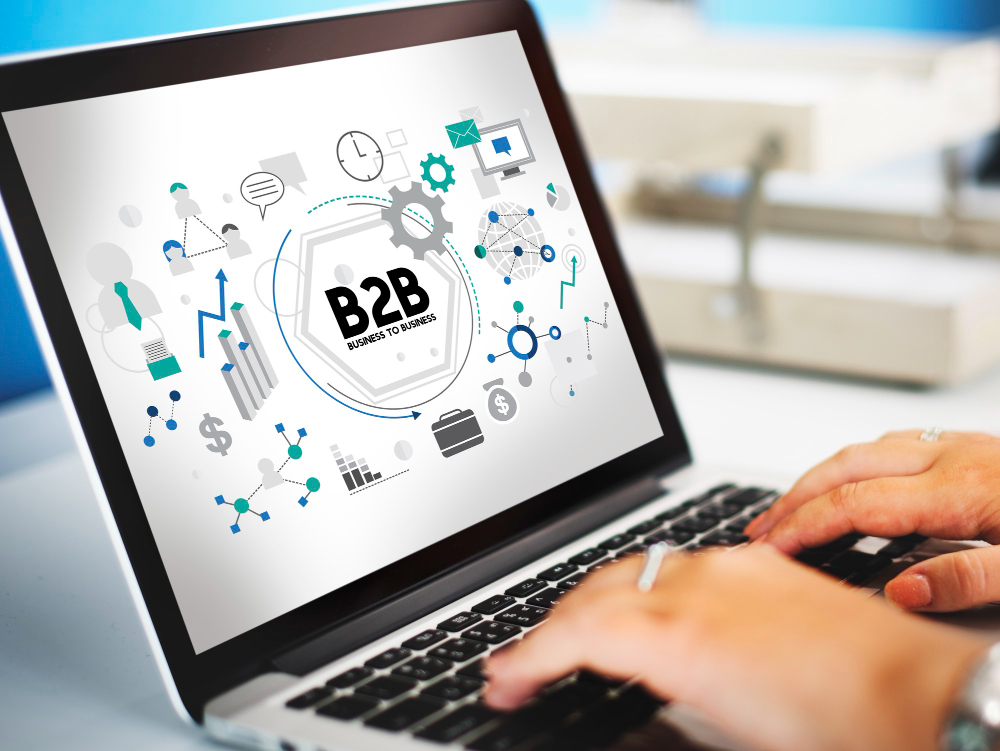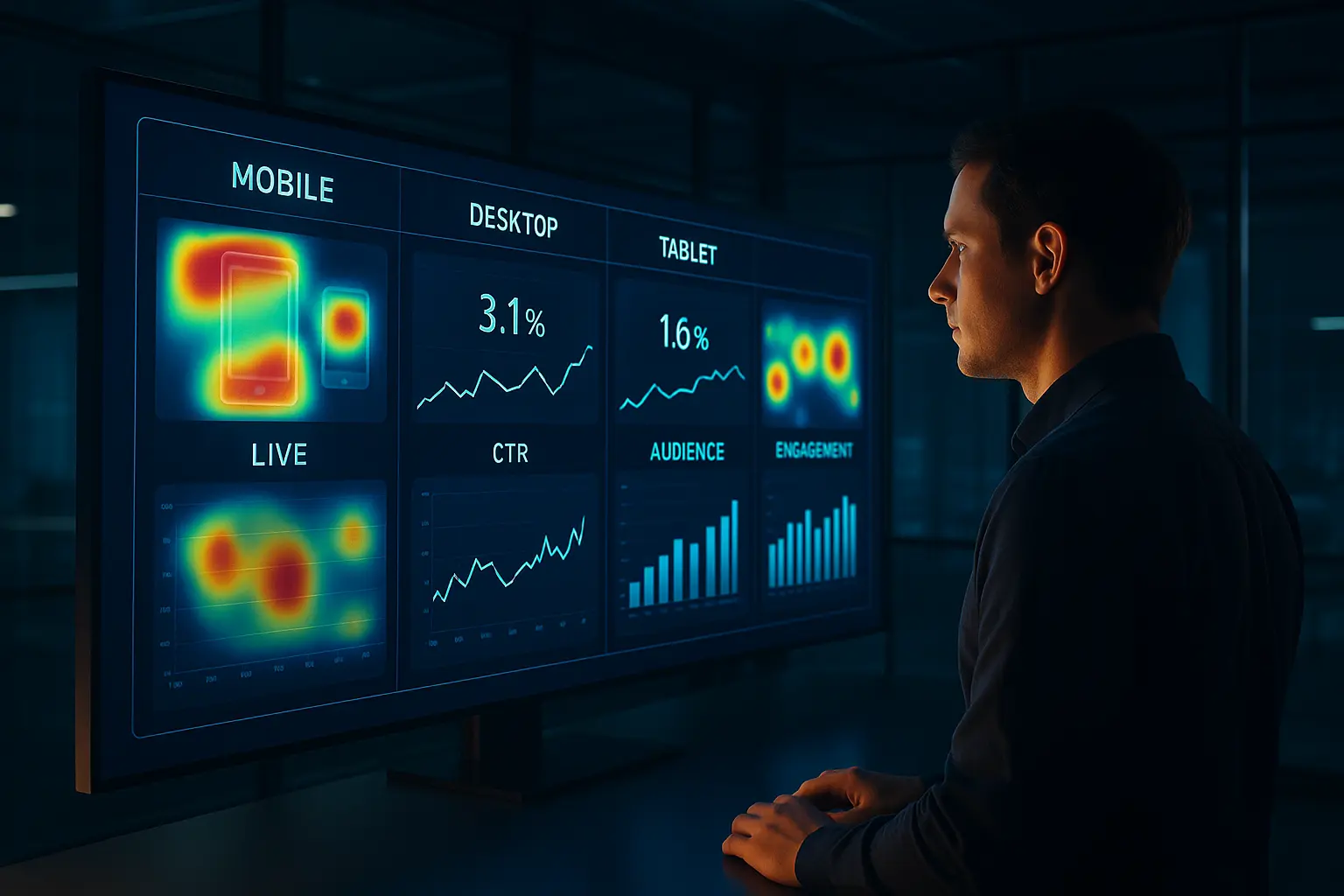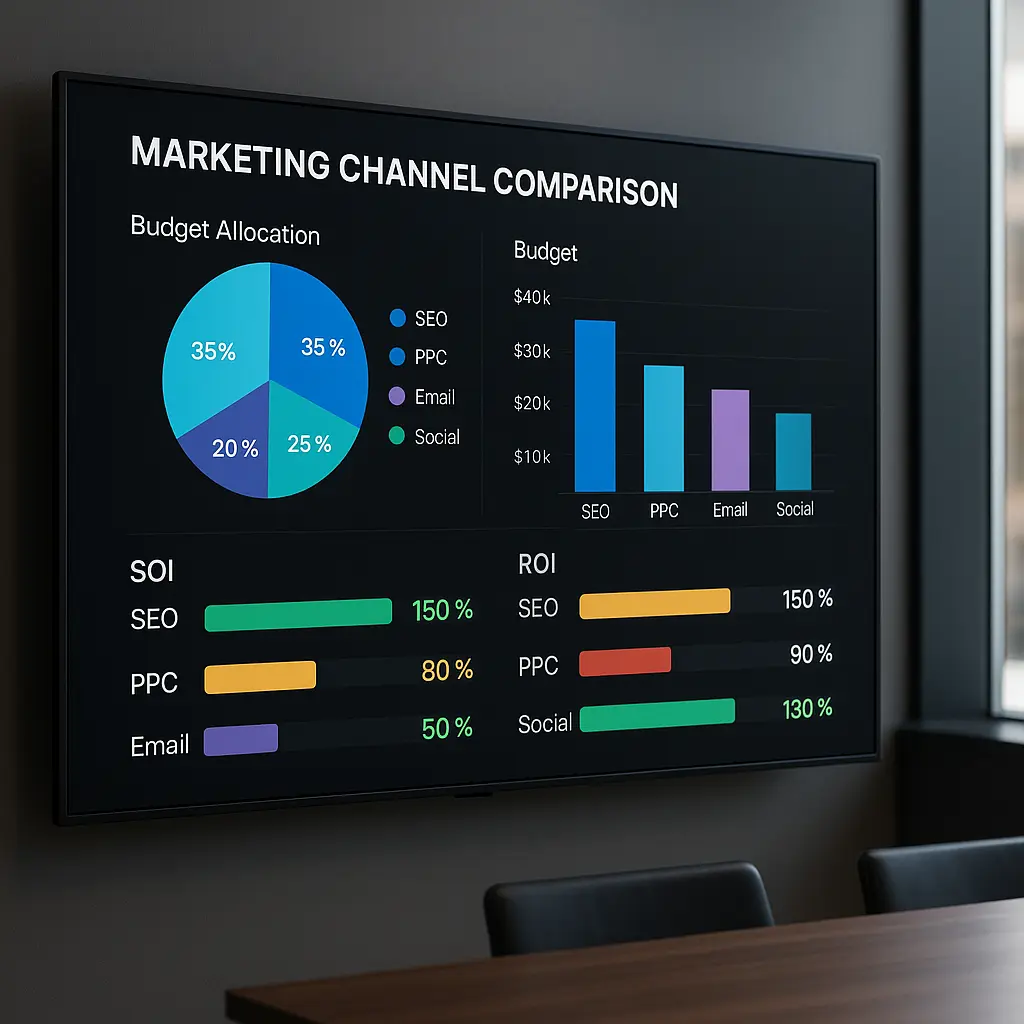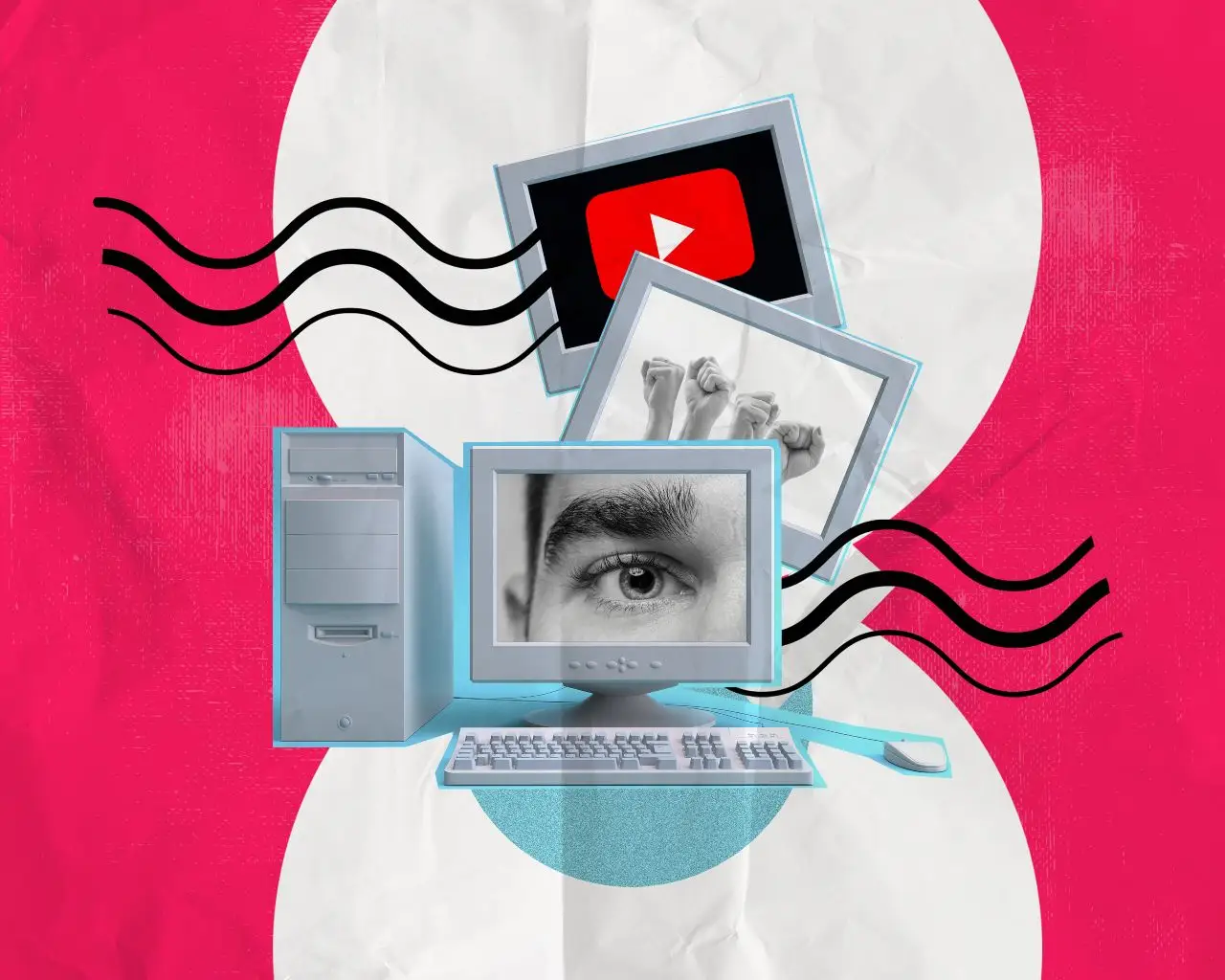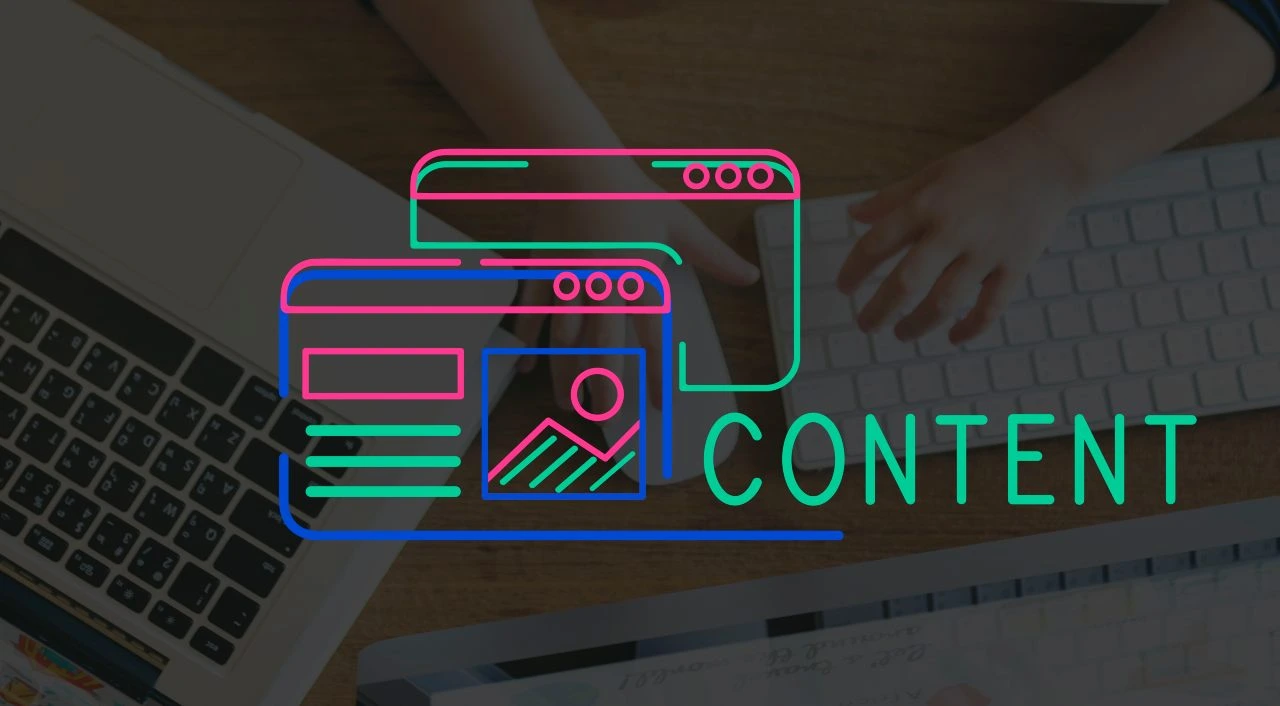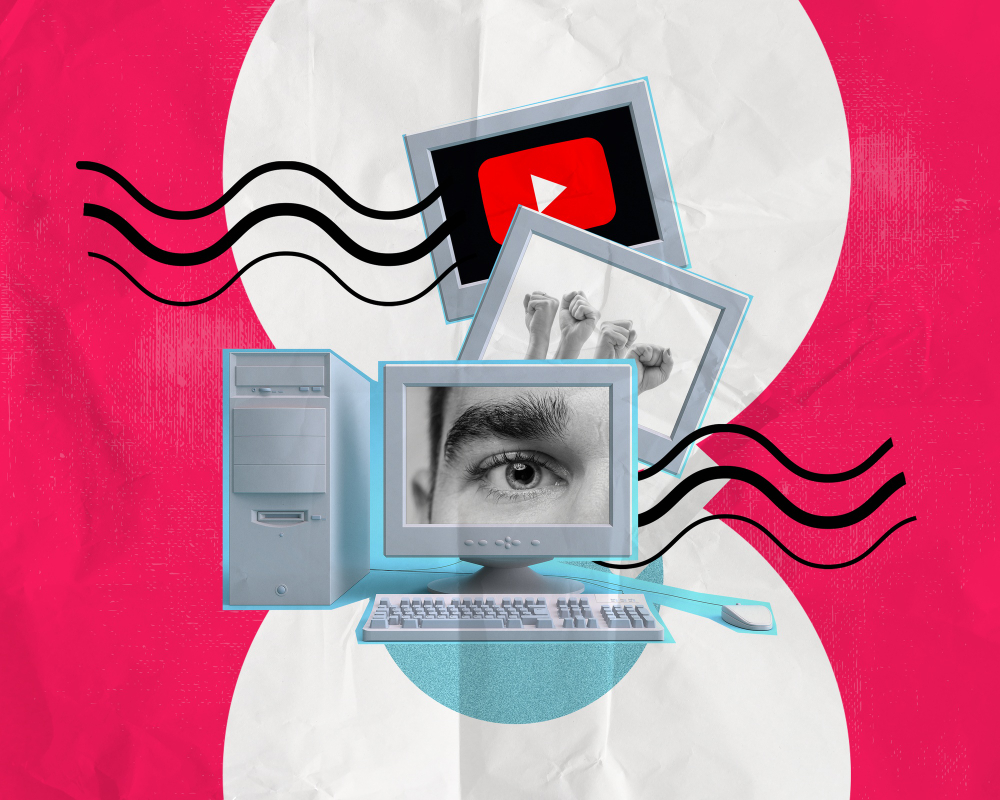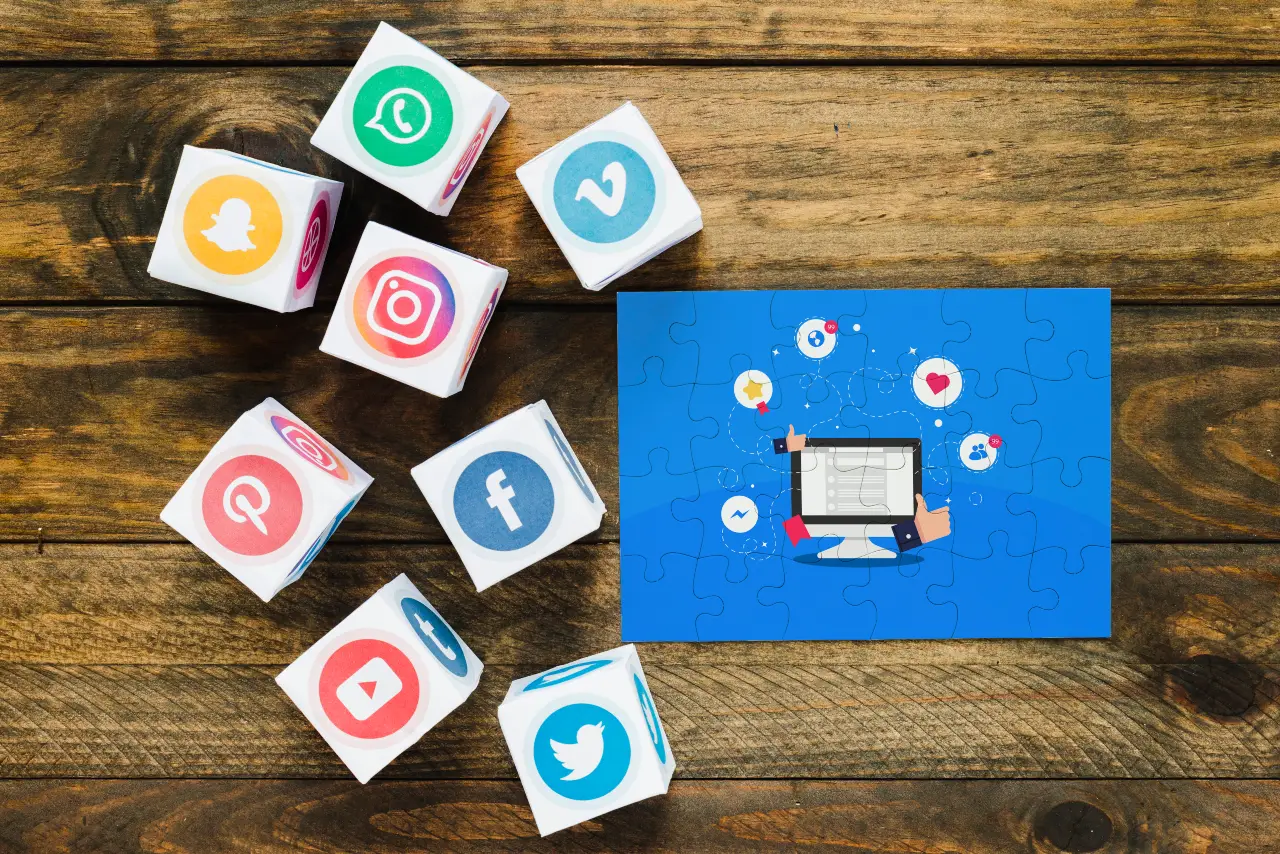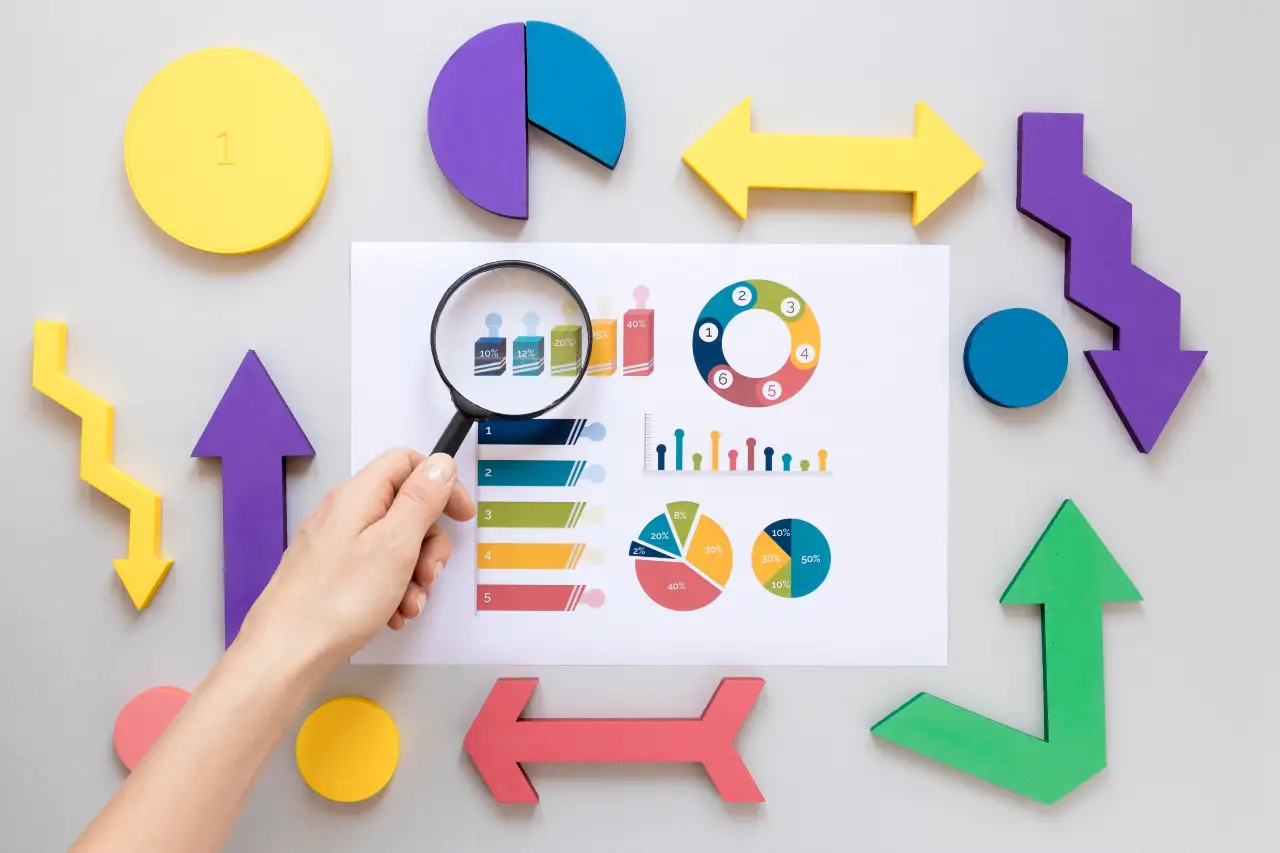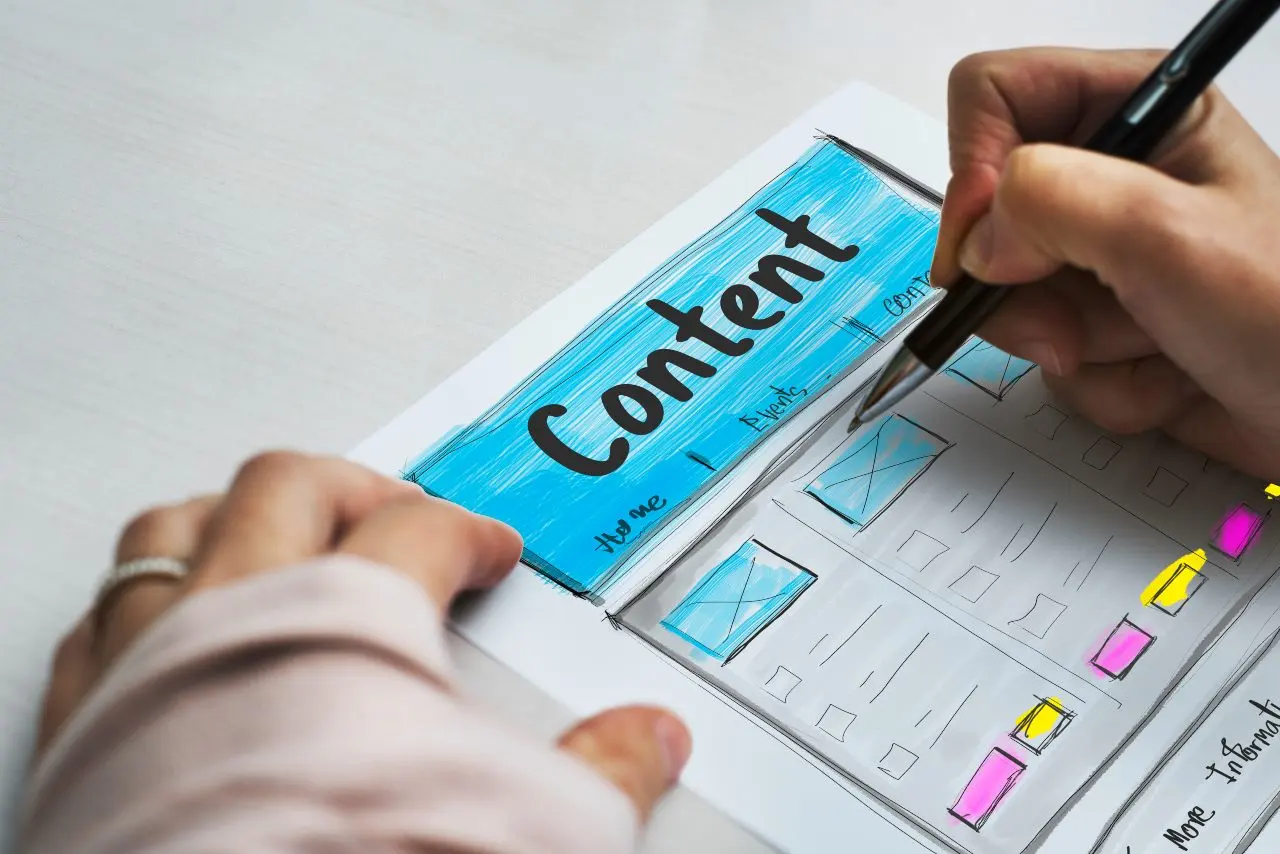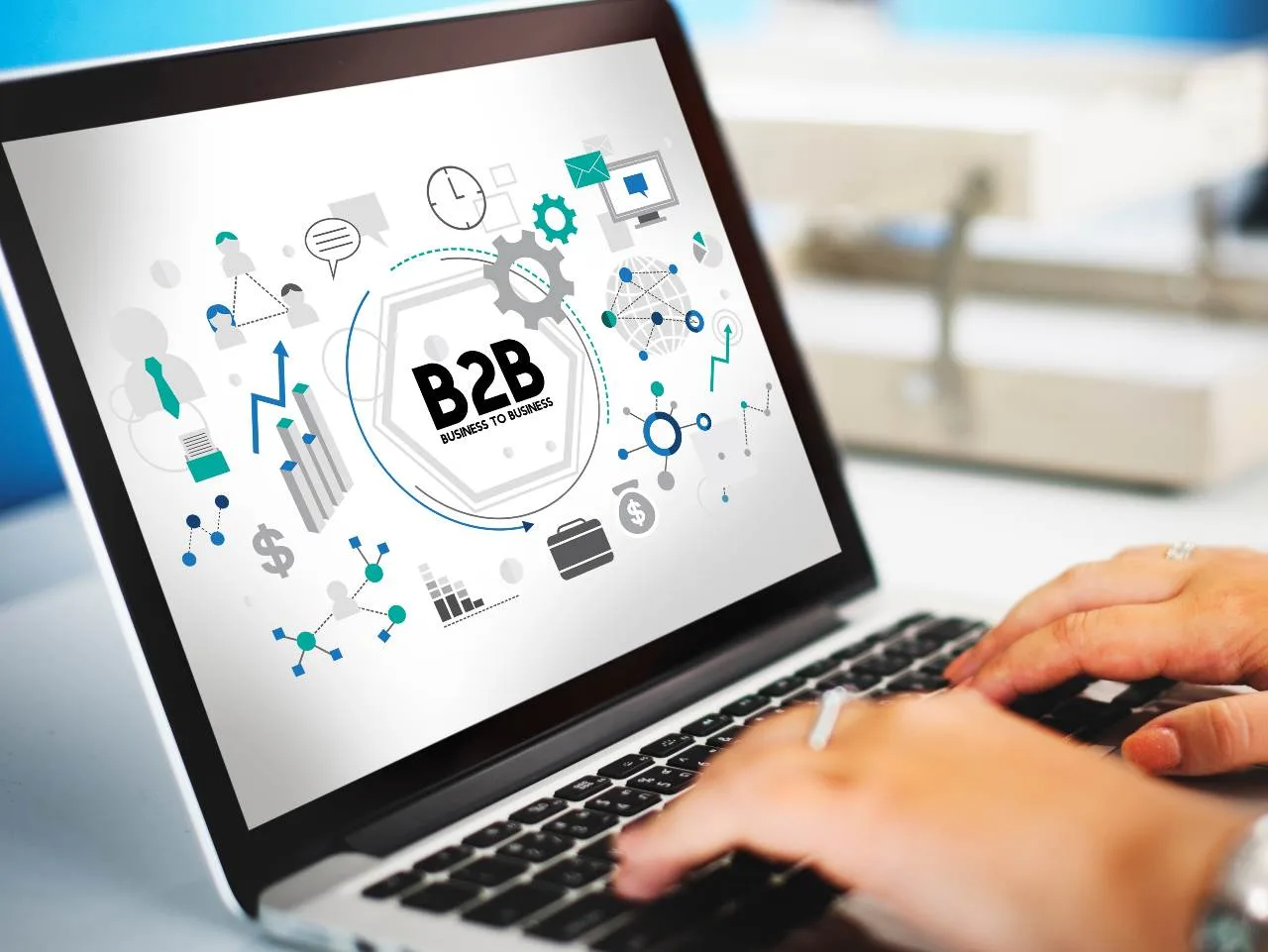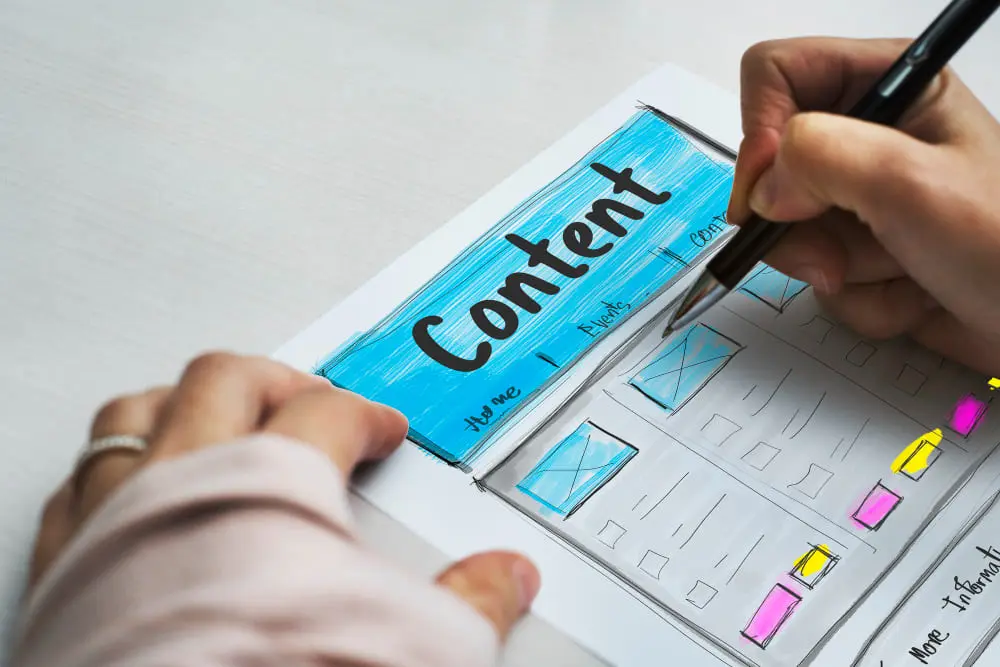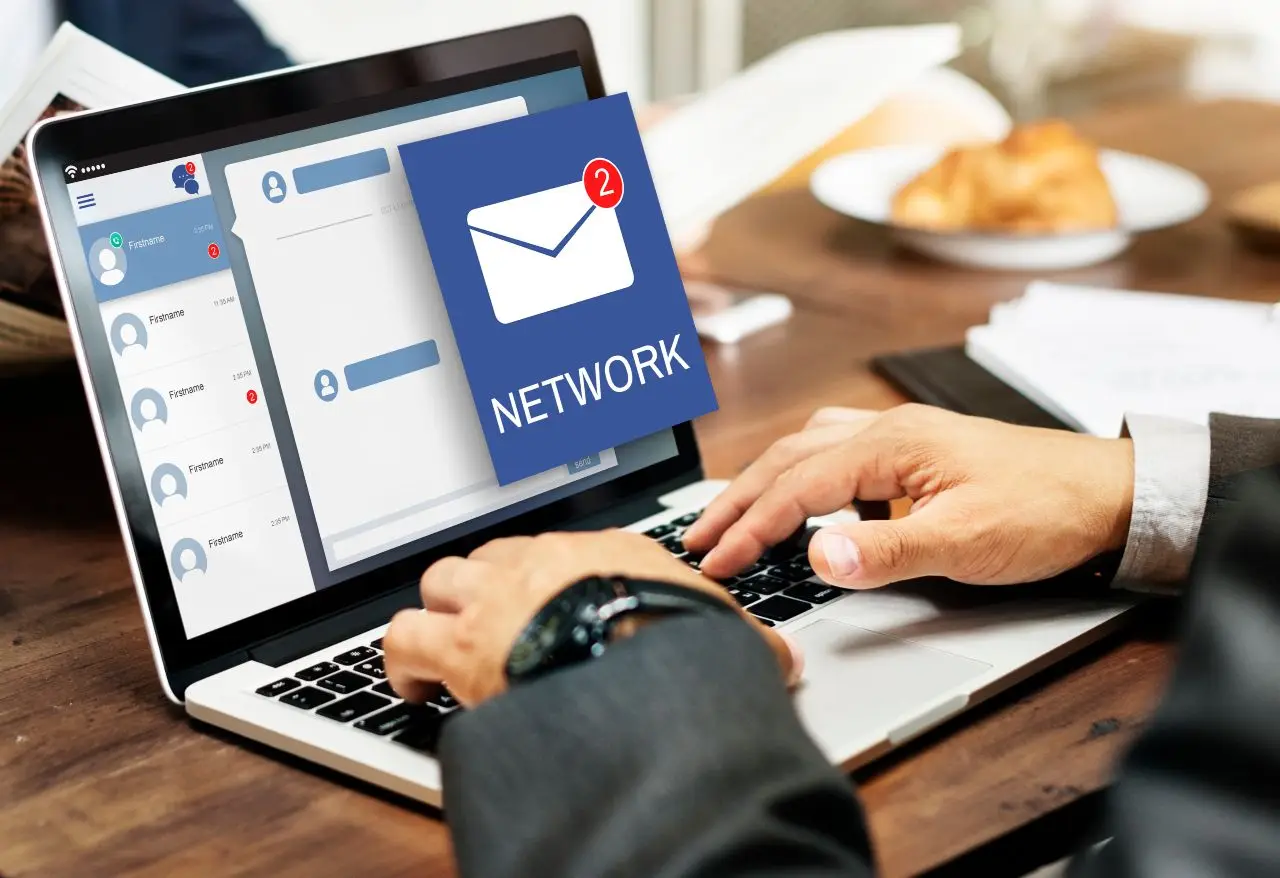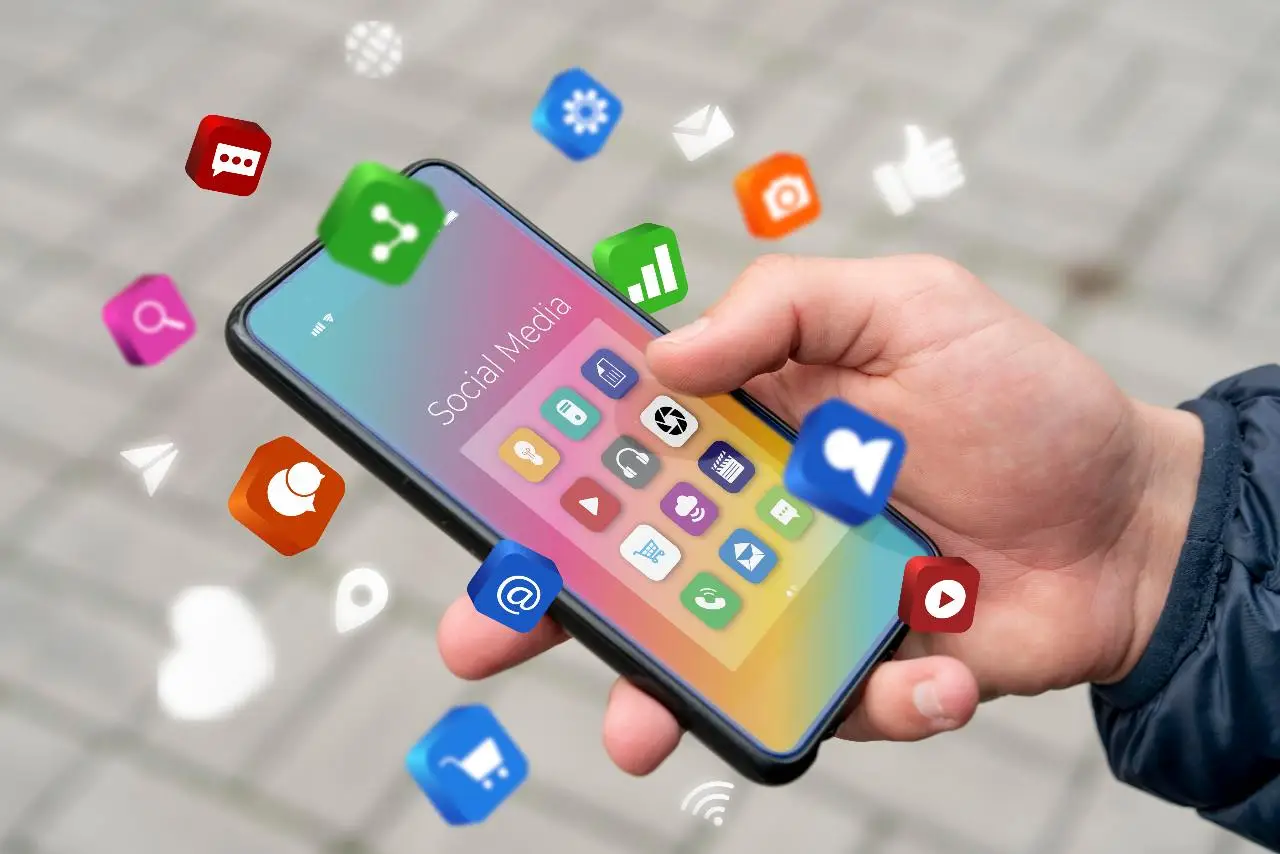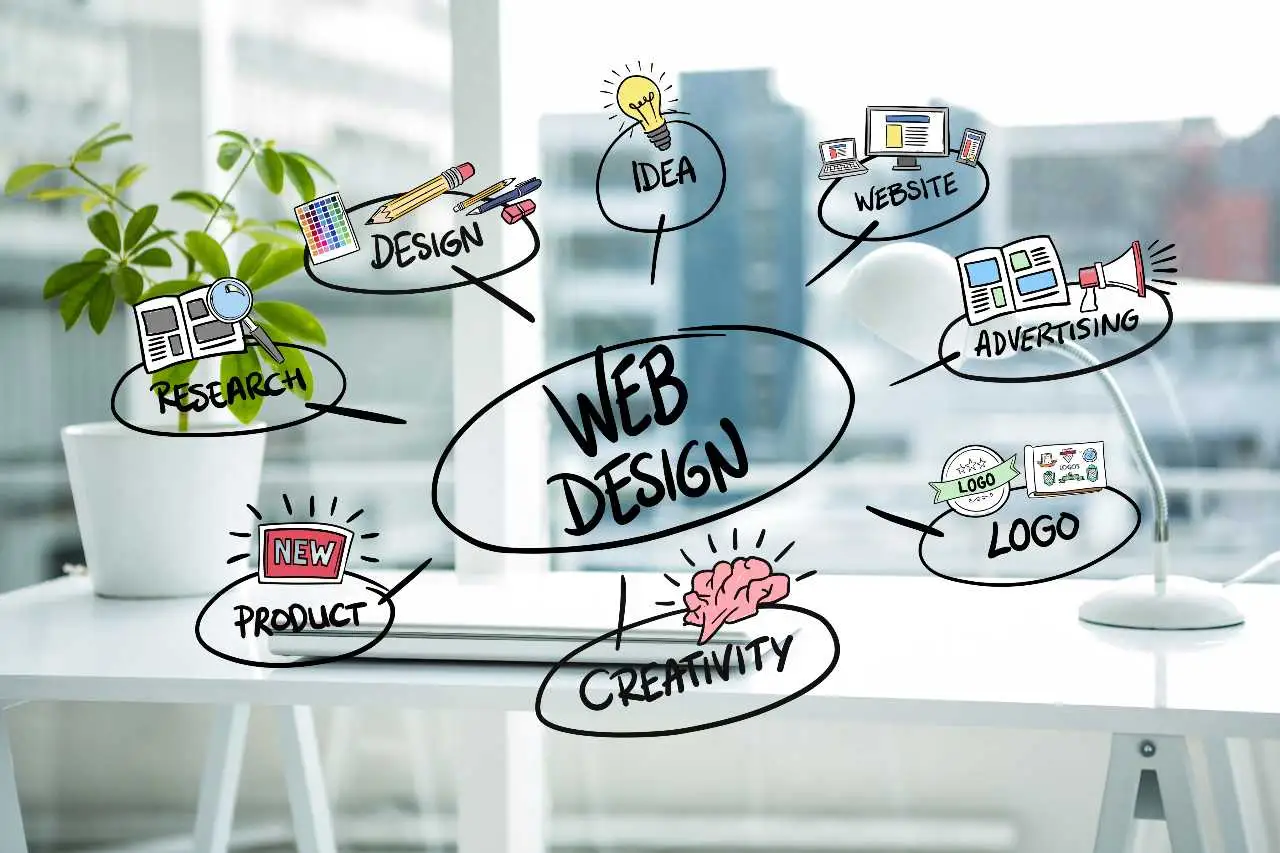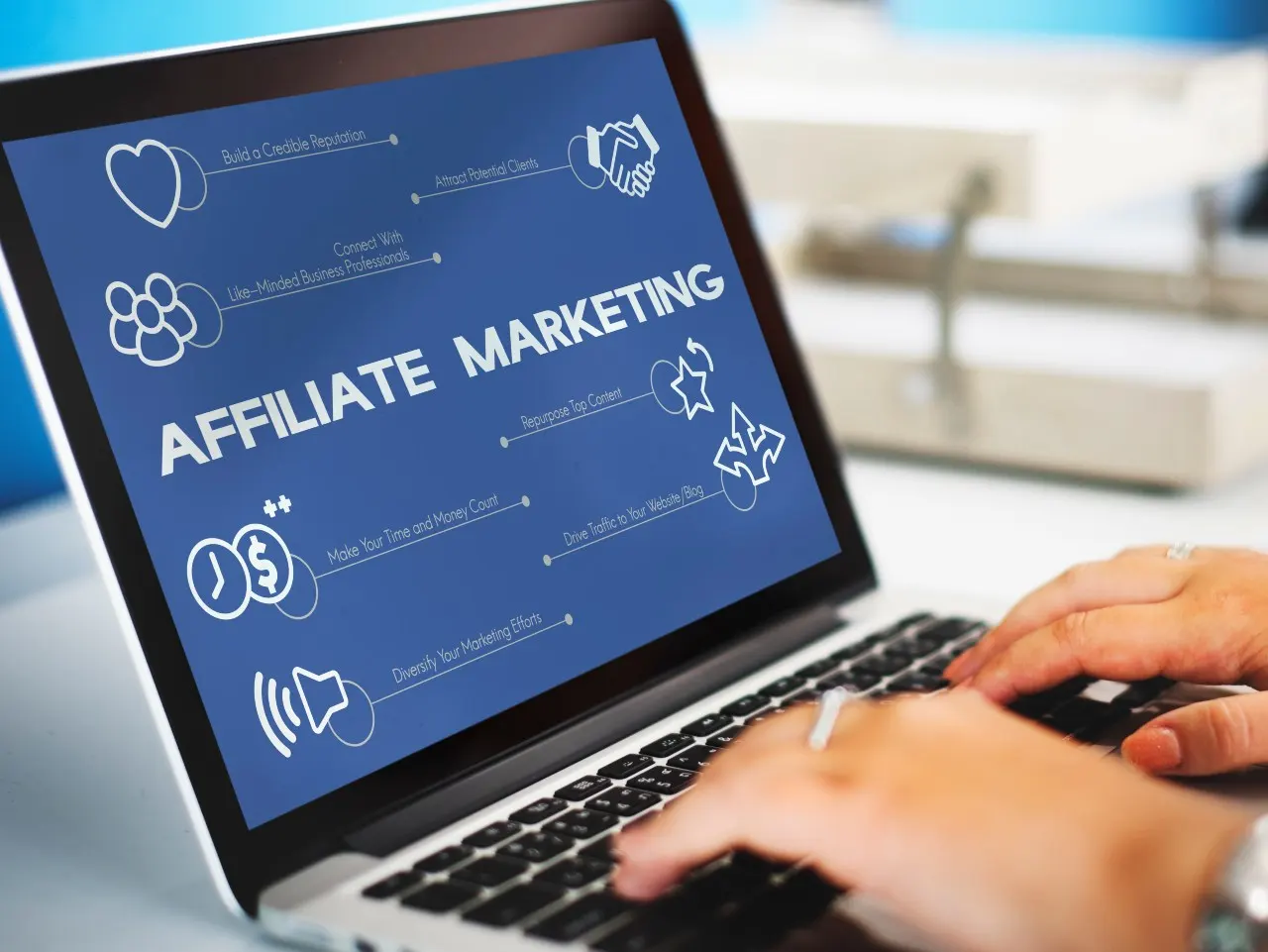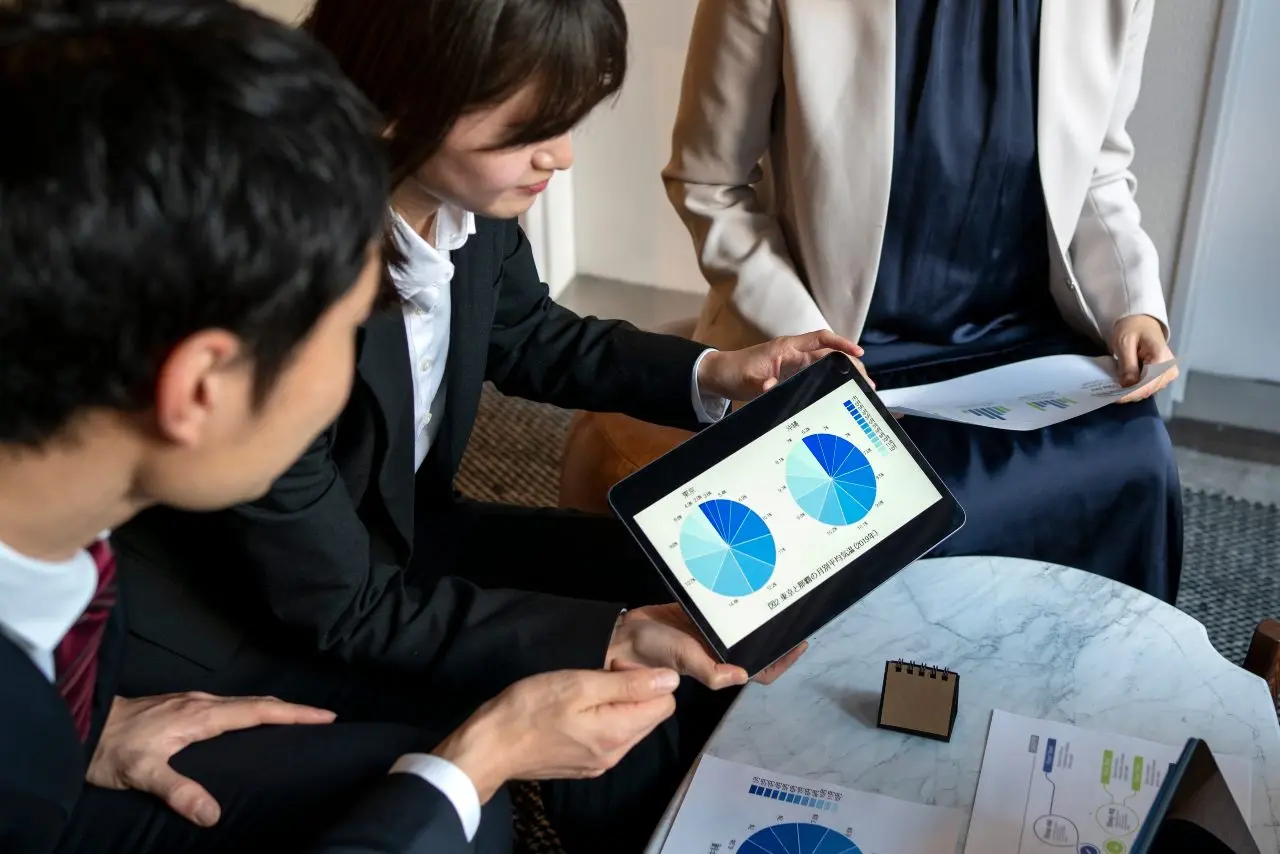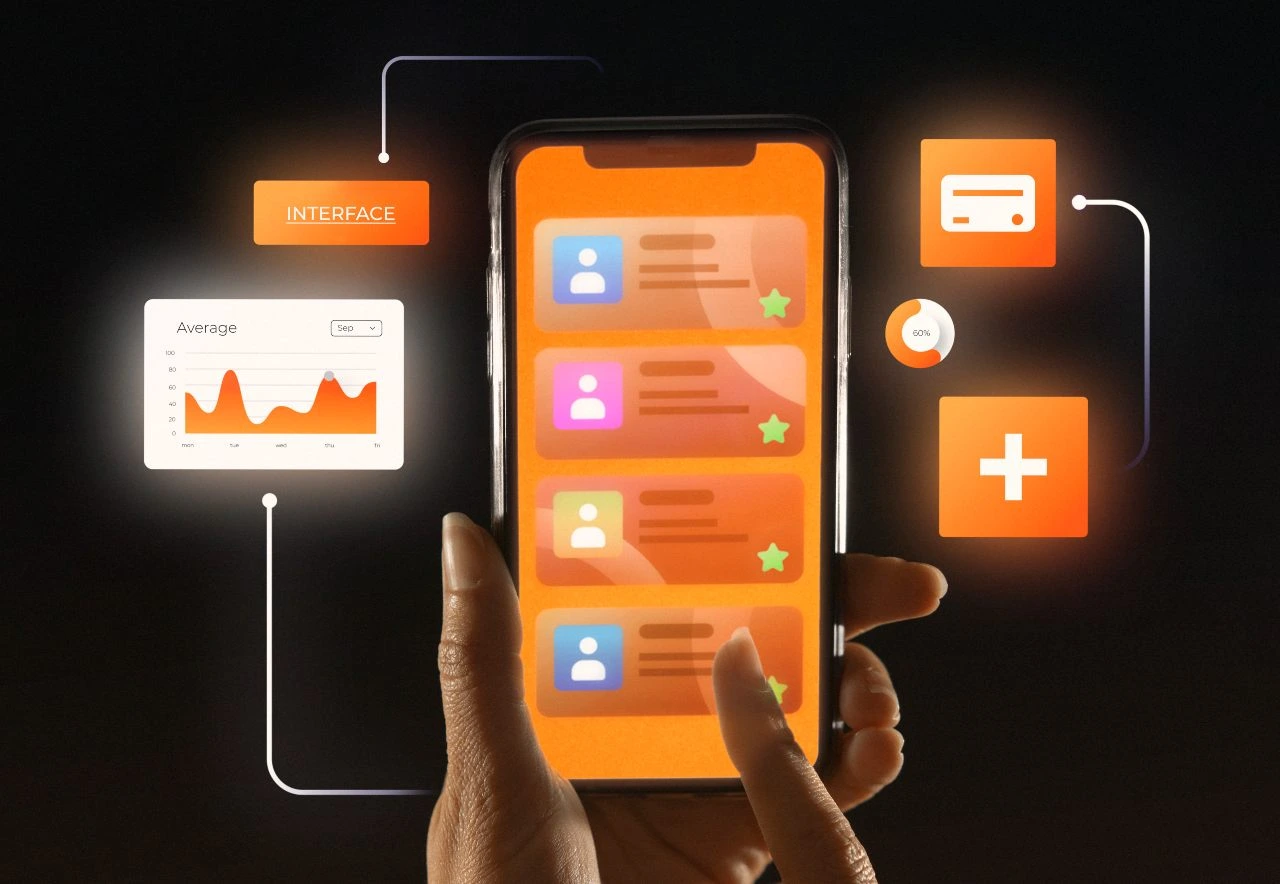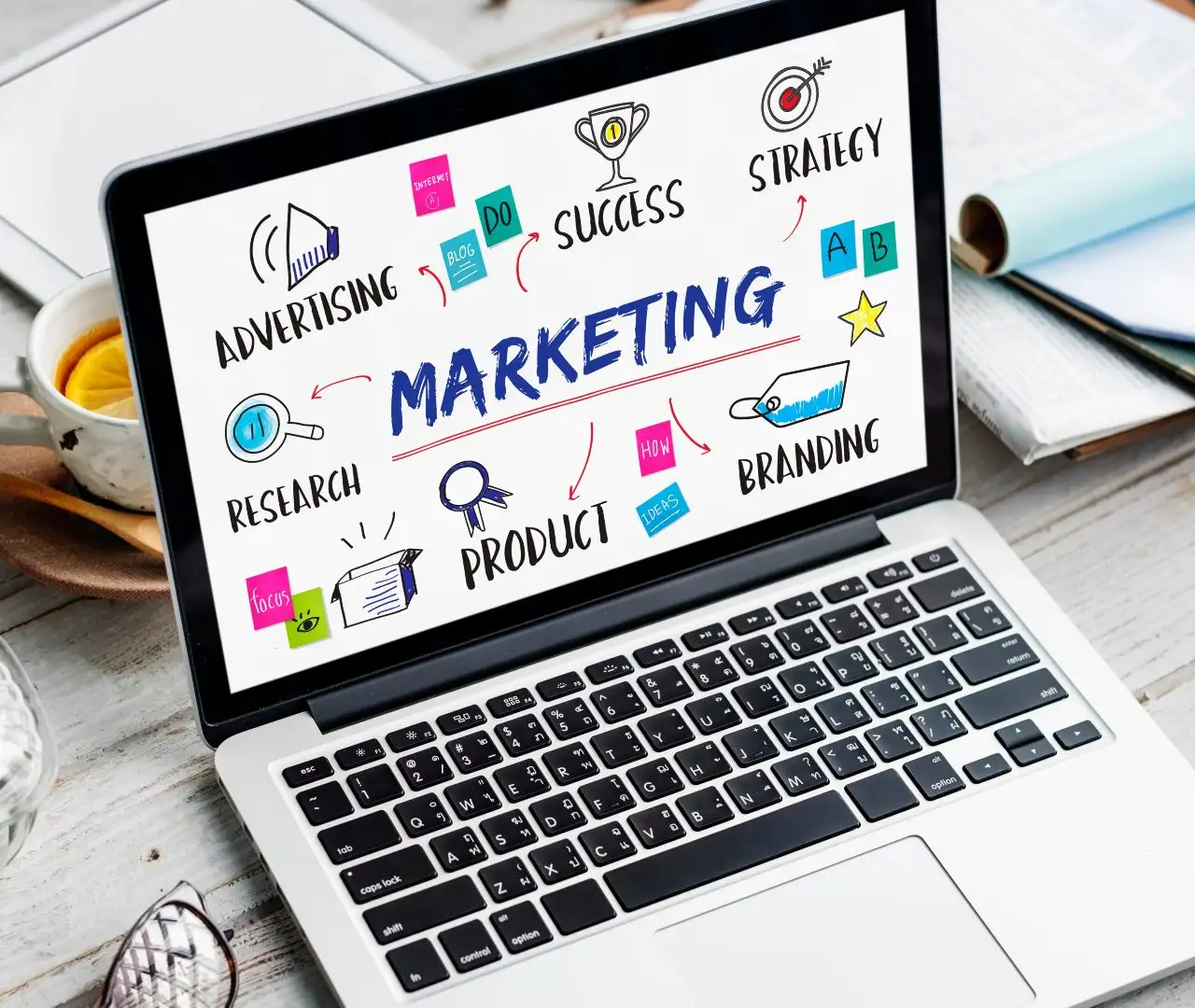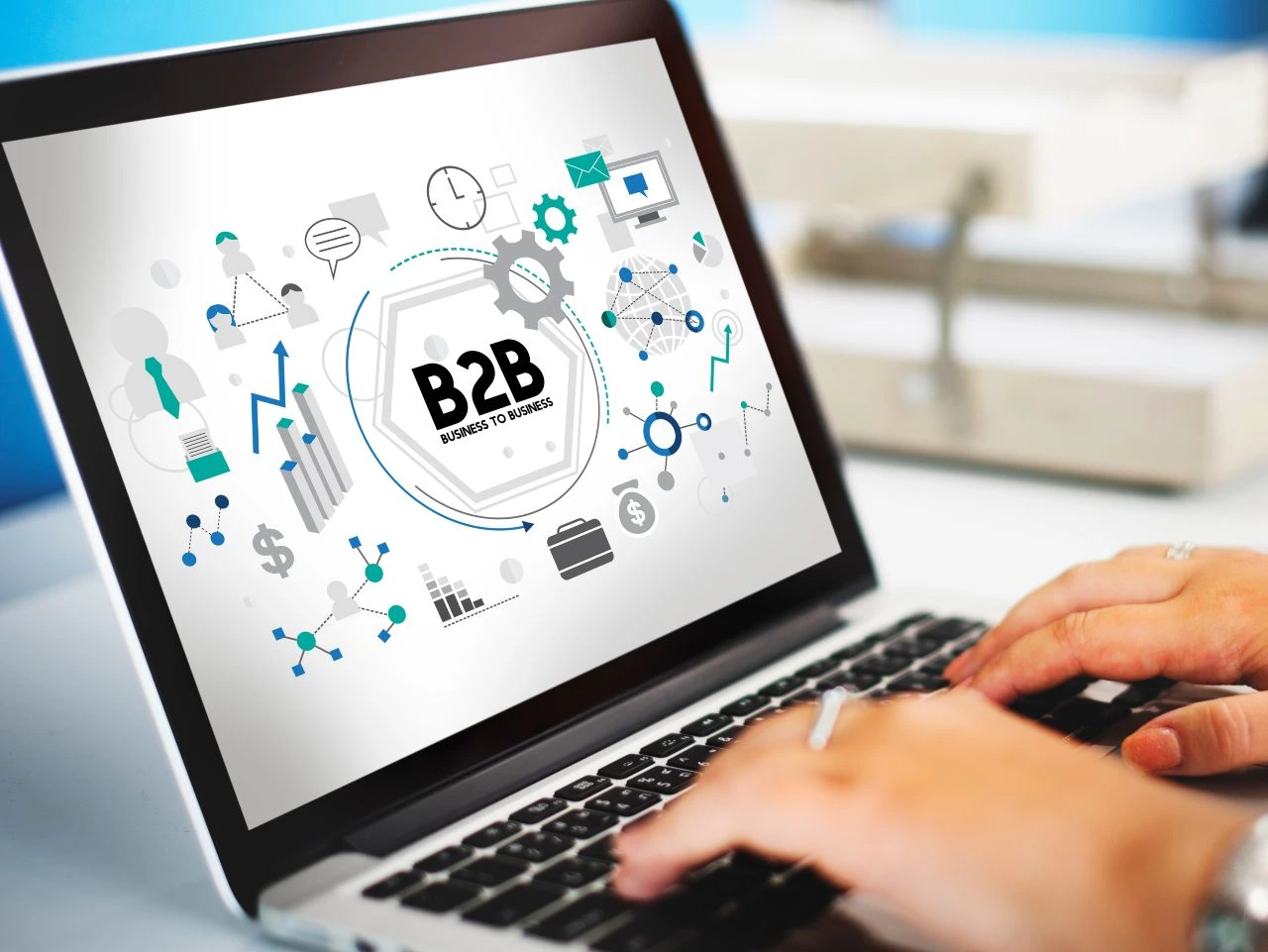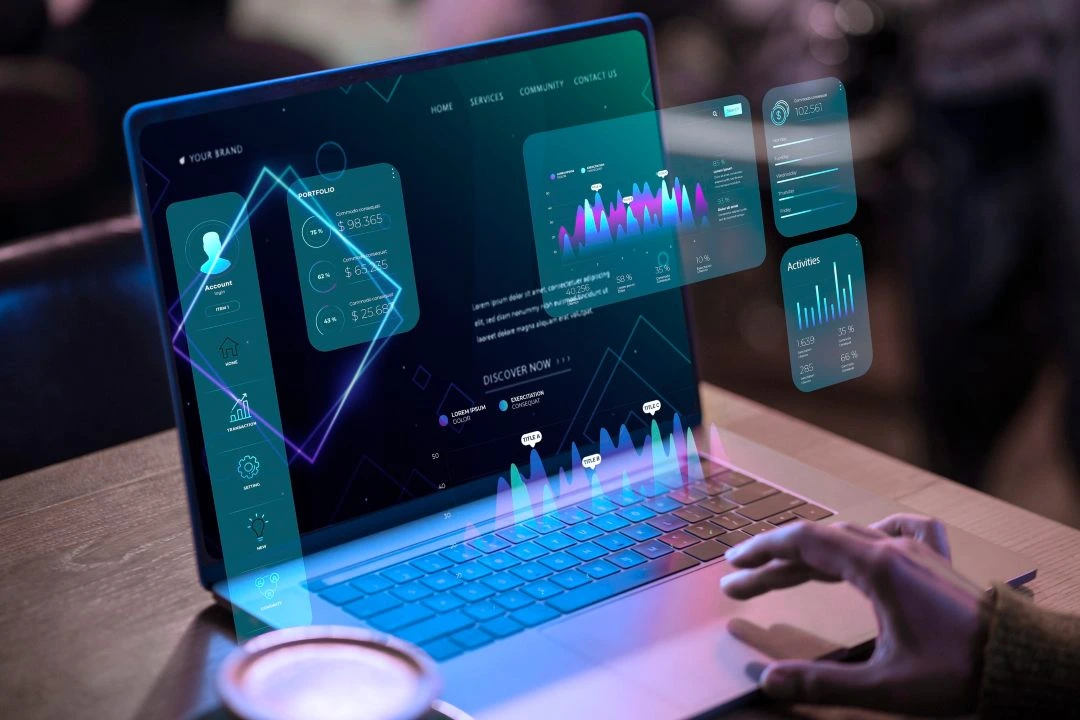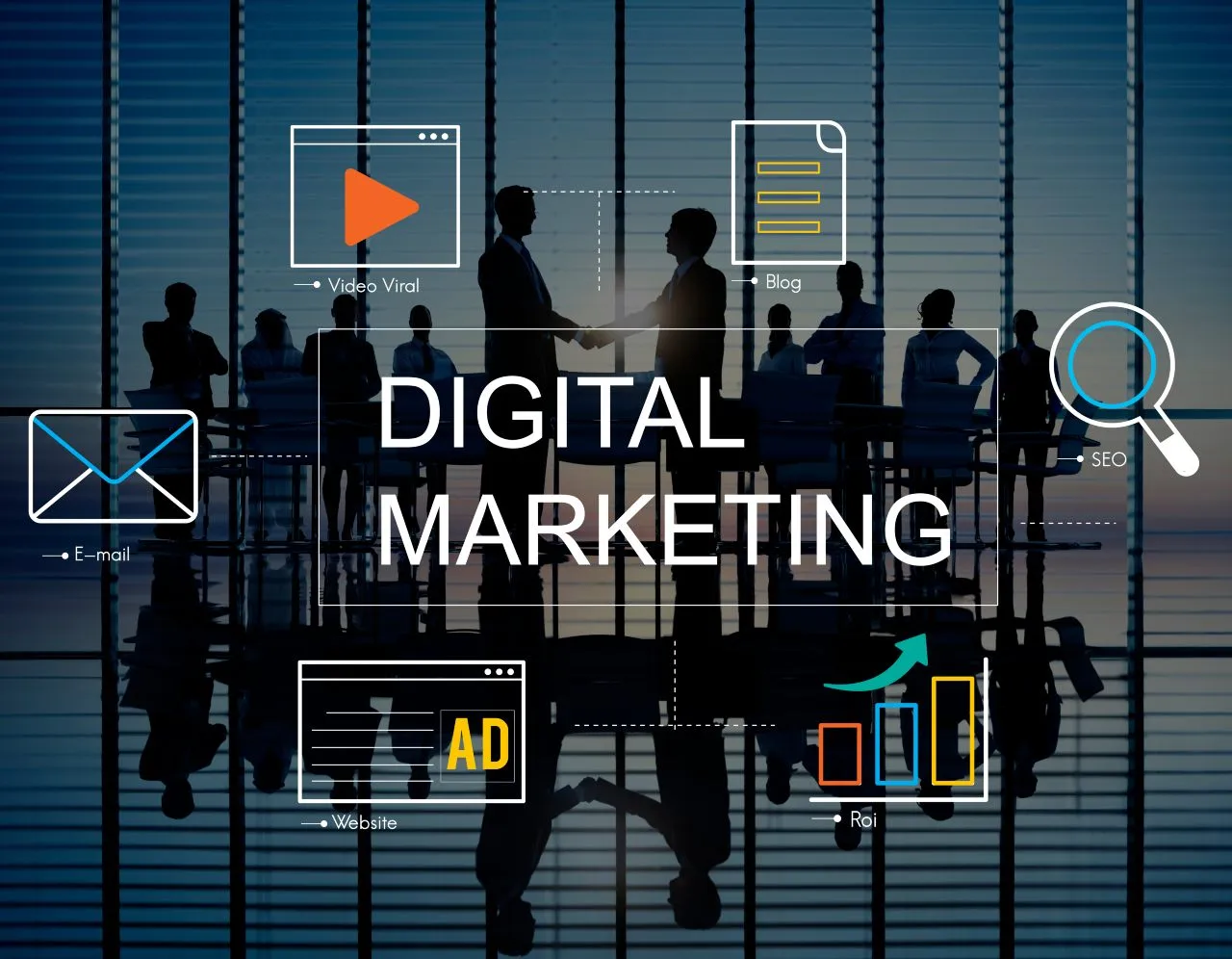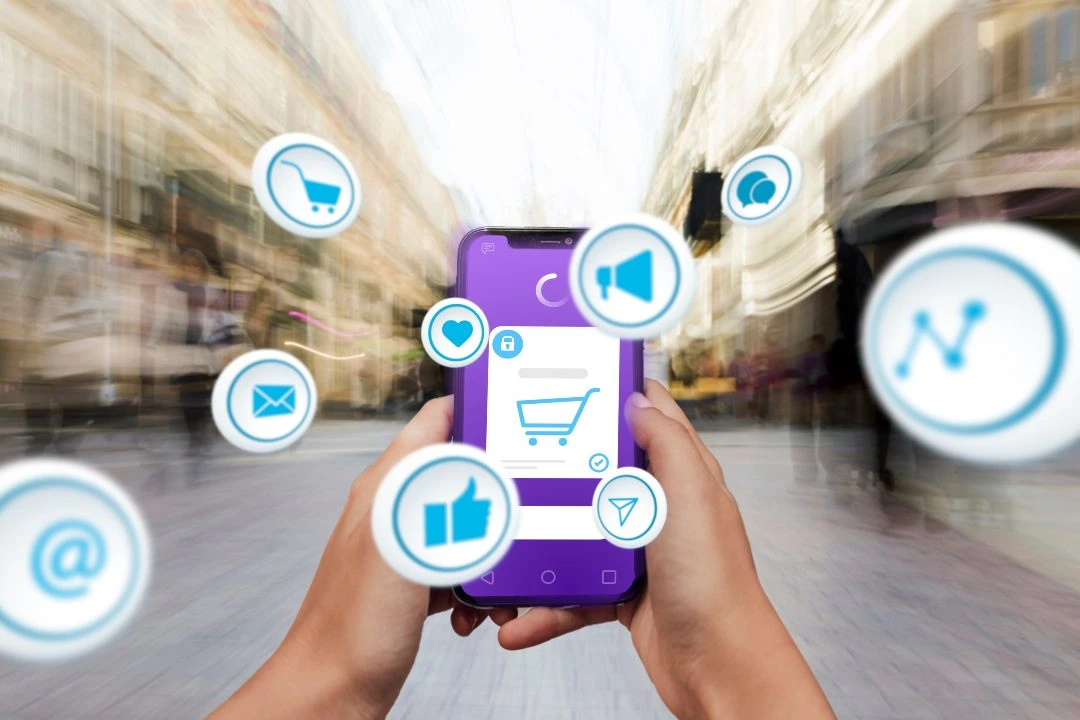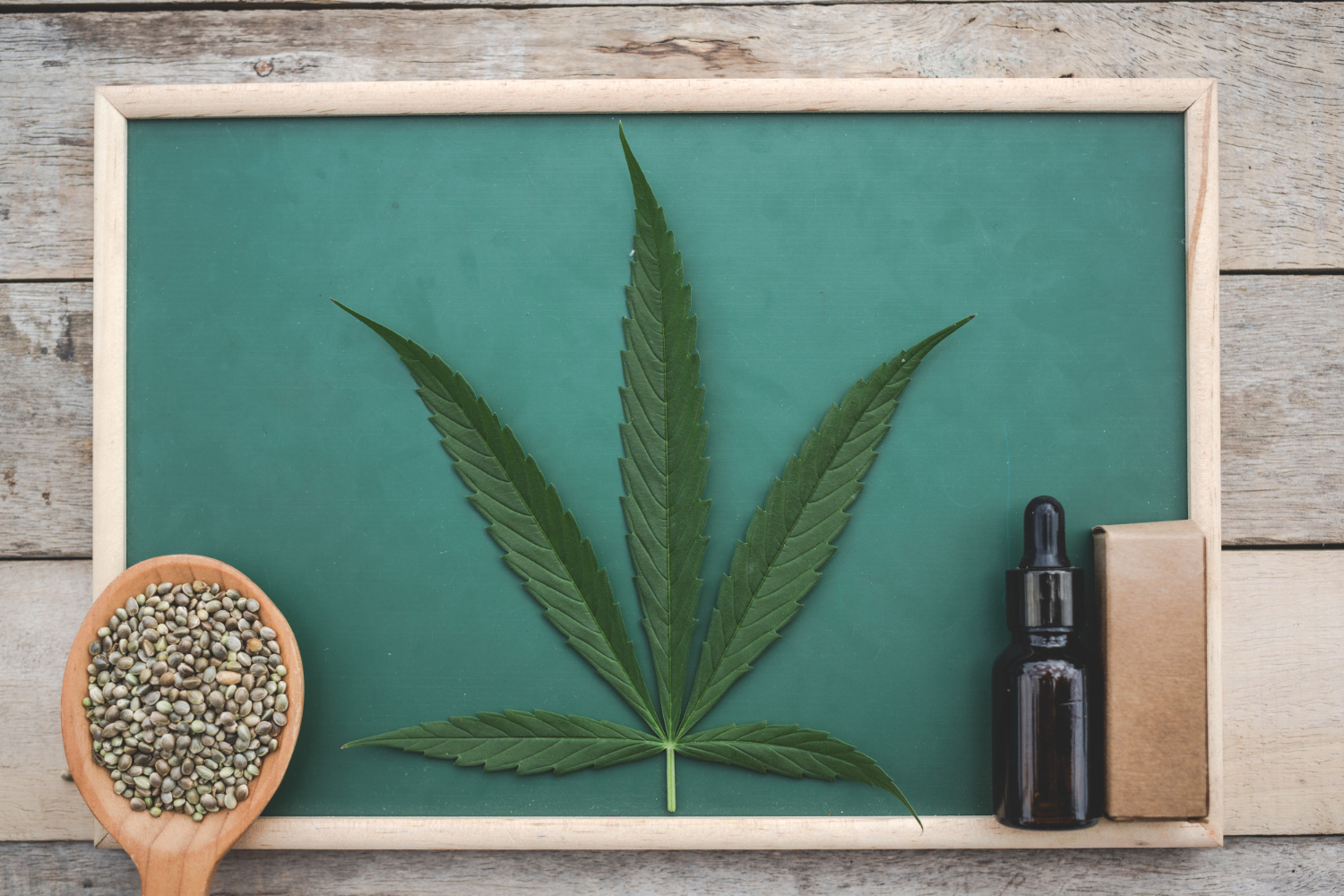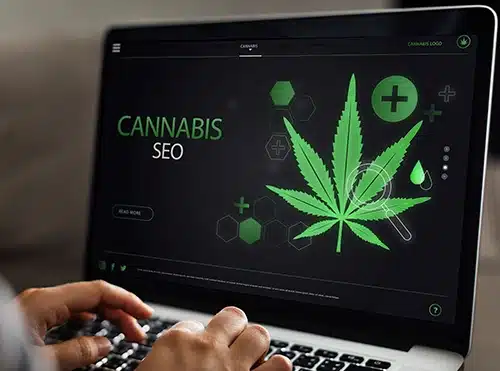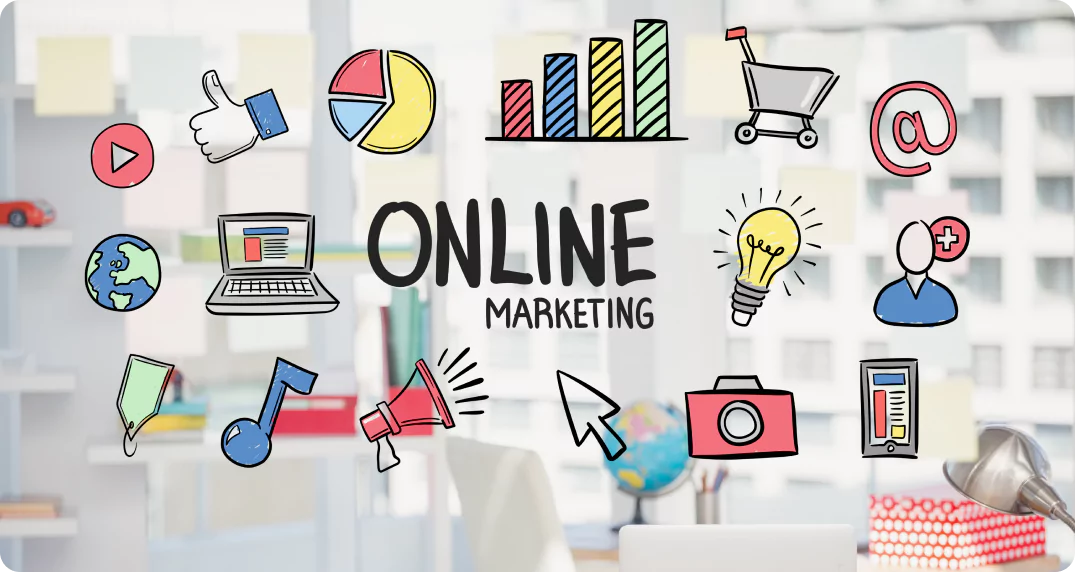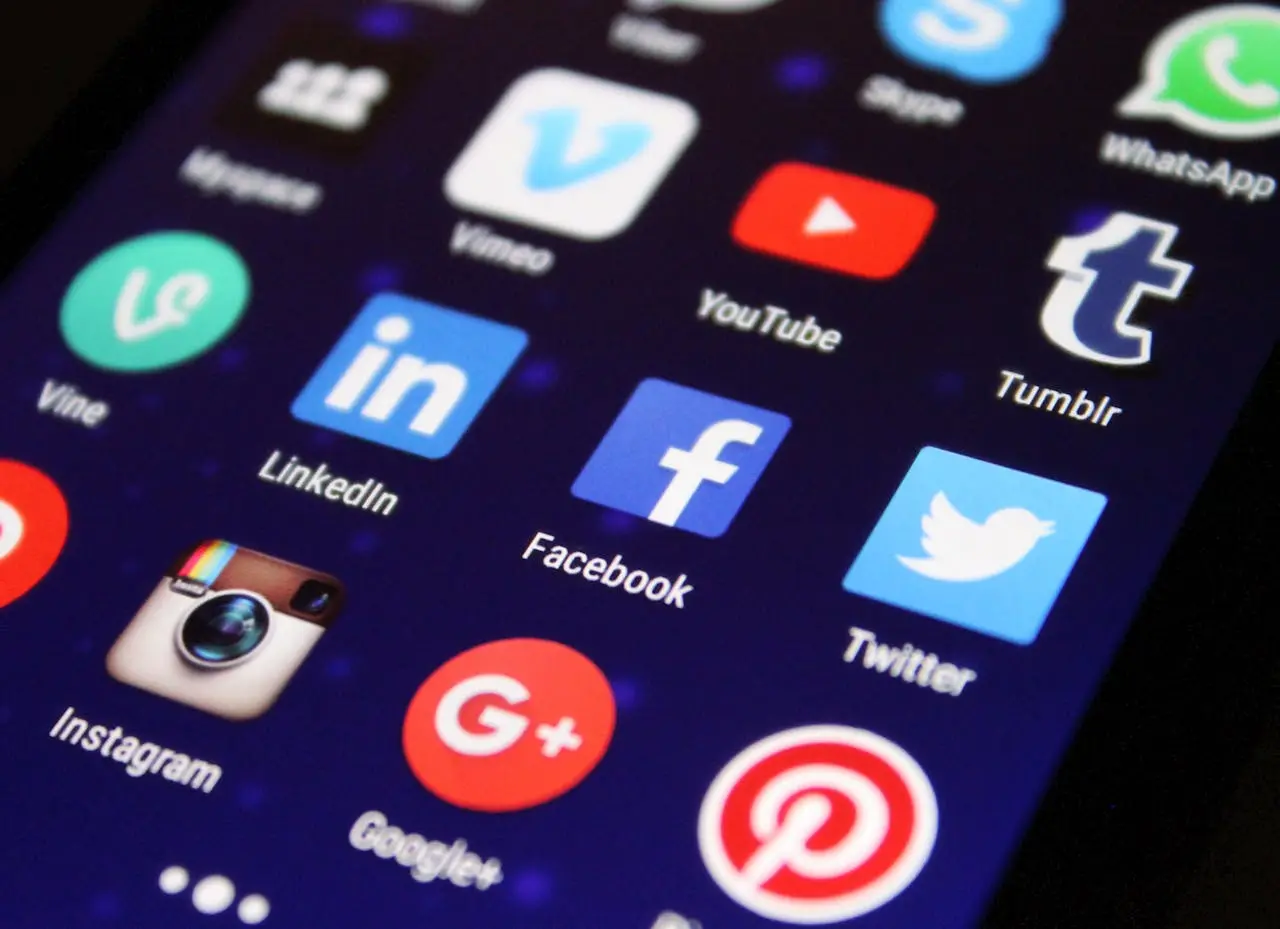In a world overflowing with information, B2B marketers need to be more strategic than ever to cut through the noise. As we look forward, several key shifts are poised to redefine how businesses connect with their audiences. From deep personalization to innovative uses of AI, these changes promise not just to enhance engagement, but also to drive measurable results.
Staying ahead means understanding how email marketing trends are evolving and adapting your strategies accordingly. Are you ready to explore the critical trends shaping the future of B2B marketing & website strategies?
In this article, we’ll dive into the most impactful changes on the horizon –from leveraging account-based marketing and the power of first-party data, to the resurgence of in-person engagement and the optimization of marketing team performance. Let’s get started!
Rise of Account-Based Marketing (ABM) and Hyper-Personalization in Email Campaigns
In a world where decision-makers are overwhelmed with generic marketing messages, Account-Based Marketing (ABM) has emerged as an antidote. ABM flips the script on traditional B2B marketing by focusing on quality rather than quantity, tailoring campaigns to a targeted list of high-value accounts. With personalization at its core, ABM is not just a trend—it’s becoming a cornerstone of successful B2B strategies as businesses aim to cultivate deeper, more meaningful engagements.
- ABM continues to evolve from a buzzword to a core practice in B2B marketing, driving higher engagement and conversion rates through personalized customer experiences. Source
- Implementing ABM successfully demands a clear strategy that aligns marketing and sales teams while delivering tailored messaging to key accounts. Source
- Managing ABM campaigns effectively requires leveraging tools like CRM systems and marketing automation platforms to track performance, streamline processes, and optimize personalization. Source
Key Takeaway: ABM as a Game-Changer for B2B Success
ABM isn’t just a marketing tactic—it’s a mindset shift that recognizes the power of intentional, personalized outreach to high-value prospects. By aligning teams, investing in robust tools, and continuously refining your strategy, you’ll not only improve engagement but also nurture long-term relationships with key accounts. As data-driven marketing gains momentum, businesses that harness ABM’s potential will stand out in increasingly competitive markets.
Pro Tip:
Don’t stop at personalization—enhance it further by leveraging insights from your sales and customer success teams. Incorporating their knowledge into your ABM campaigns can help you craft messaging that resonates even more precisely with your audience’s pain points and goals.
Undestanding The Concept of Email Marketing with Influencers and First-Party Data
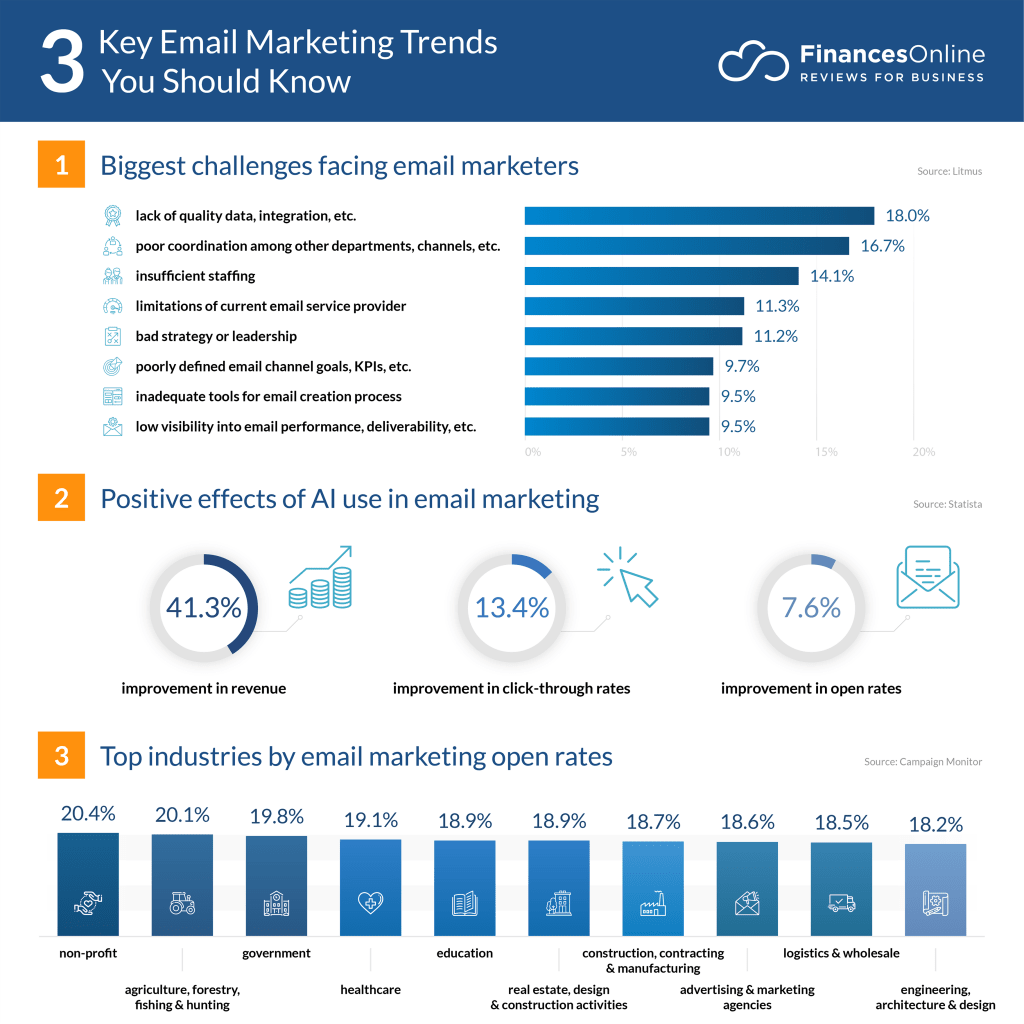
Source: Finance Online
Email marketing continues to be one of the most effective tools for driving engagement and conversions, but staying ahead in this space requires more than just mastering subject lines and automation tools. As the digital landscape shifts, two strategies are emerging as game-changers: collaborating with influencers and maximizing first-party data. These approaches not only help businesses navigate evolving privacy laws but also drive deeper connections with target audiences by delivering hyper-relevant content.
- Partnering with industry influencers allows brands to tap into niche, engaged audiences, enhancing credibility and expanding reach in the crowded B2B arena. Source
- With third-party cookies on their way out, first-party data—which is collected directly from users—has become a necessity for maintaining personalization and precision targeting. This shift is critical for staying compliant with strict data privacy regulations. Source
Key Takeaway
By combining the authority of trusted voices with the power of direct audience insights, marketers can create campaigns that cut through the noise. Influencer partnerships amplify your message in the most credible way, while a solid first-party data strategy ensures long-term targeting capabilities in an increasingly privacy-conscious world.
Pro Tip:
Make the most of your influencer collaborations by co-creating exclusive content—such as webinars or guides—that addresses your audience’s pain points. Pair this with the actionable insights from your first-party data to craft email campaigns that resonate on a personal level and drive meaningful engagement. For businesses looking to elevate their strategy without stretching internal resources, outsourcing email marketing can be a smart move, ensuring expertise and efficiency in creating highly targeted campaigns.
Strategic Content Marketing in B2B: Quality, Formats, Budget, and Integration
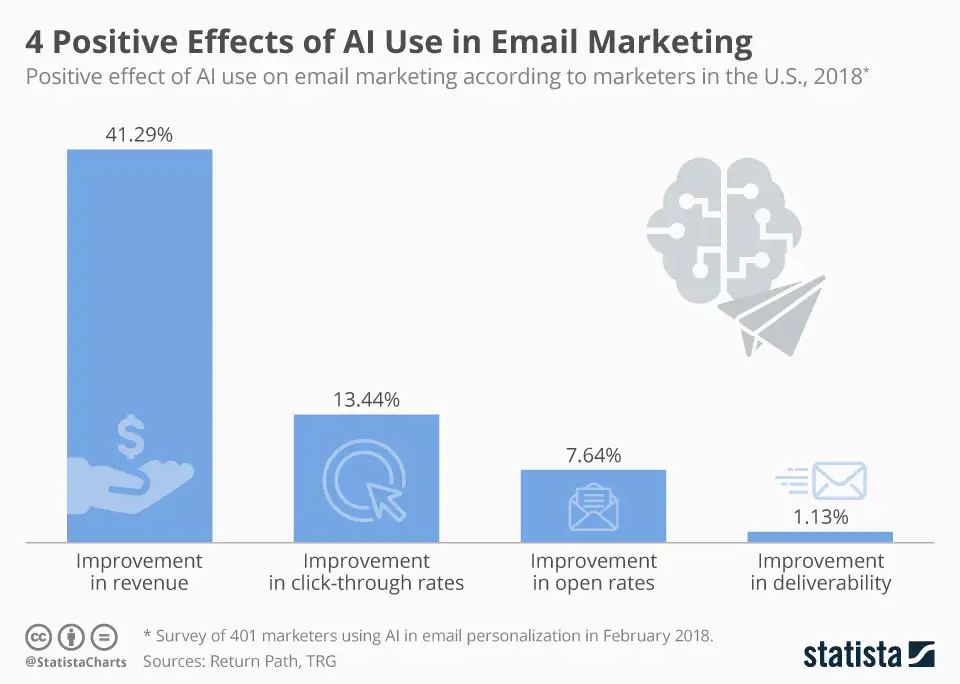
Source: Statista
Content marketing remains a cornerstone of B2B marketing, particularly at the top of the funnel. It effectively creates brand awareness, generates demand and leads, nurtures audiences, and fosters customer loyalty. B2B organizations are allocating a significant portion of their marketing budgets to content creation, recognizing its impact on overall success. Understanding what type of content B2B buyers prefer is crucial for effective marketing. Tailoring your content to match their preferences can significantly increase engagement and drive better results. This investment reflects a growing understanding of content’s role in driving engagement and achieving business objectives.
- Nearly 65% of B2B marketers report that their content marketing success has increased compared to the previous year. Source
- 78% of B2B marketers attribute this increased success to higher quality and more efficient content creation processes. Source
- 72% of B2B marketers credit the development or adjustment of their content strategy as a key factor in their improved content marketing results. Source
- B2B organizations allocate an average of 26% of their total marketing budget to content marketing. Source
- The most successful B2B content marketers invest approximately 40% of their total marketing budget (excluding staff costs) in content marketing, while the least successful spend only 14%. Source
- Organizations in the mature phase of content marketing allocate around 33% of their marketing budget to content, compared to 25% for those in the adolescent phase and 19% for those in the early stages. Source
- 87% of B2B marketers report that content marketing has helped them create brand awareness in the last 12 months. Source
- 74% of B2B marketers say content marketing has helped generate demand/leads. Source
- 62% of B2B marketers use content marketing to nurture subscribers, audience, and leads. Source
- 52% of B2B marketers say content marketing has grown loyalty with existing clients and customers. Source
- 49% of B2B marketers report that content marketing has helped generate sales and revenue. Source
- 37% of B2B marketers say content marketing has helped grow a subscribed audience. Source
- 9% of B2B marketers have seen a reduction in customer support costs through content marketing. Source
- Ebooks and white papers (50%), case studies (47%), and social media posts (41%) are cited as the top three most effective content types used by B2B marketers for content marketing. Source
- Articles/blog posts, white papers, and videos are considered the three most valuable content marketing types for moving prospects through the sales funnel, according to B2B marketers. Source
- Social media posts (94%), case studies (73%), pre-produced videos (72%), ebooks/white papers (71%), infographics (65%), and illustrations/photos (56%) are the top six types of content B2B marketers use for content marketing purposes. Source
Key Takeaway
The data indicates a clear correlation between content quality, strategic planning, budget allocation, content formats, and overall content marketing success in the B2B sector. Companies are increasingly recognizing the value of investing in high-quality content and a well-defined strategy. Aligning email content with core marketing objectives is crucial for B2B success. Content marketing effectively builds brand awareness, generates leads, nurtures audiences, and fosters customer loyalty. B2B buyers have clear content preferences, gravitating towards in-depth, informative formats like webinars, white papers, and case studies. While social media posts are widely used, providing prescriptive content and focusing on formats that offer substantial value can significantly improve engagement and lead generation.
Pro Tip:
Review your content marketing budget and benchmark it against industry leaders to identify opportunities for increased investment and improved ROI. Regularly assess your content strategy to ensure it aligns with your marketing objectives and adapt as needed to maximize its impact. Prioritize creating high-quality, informative content that addresses specific pain points and offers actionable solutions to capture and retain the attention of B2B buyers.
Overcoming Content Marketing Roadblocks with AI-Driven Insights
The content marketing landscape is rife with opportunities, but it’s equally laden with challenges that demand creative solutions. From keeping up with the demand for high-quality content to maintaining a competitive edge in search rankings, marketers often find themselves stretched thin. This is where AI is stepping in—not just as a trend, but as a transformative force capable of simplifying workflows, scaling content production, and unlocking new levels of insight.
- A striking 63% of marketers struggle the most with driving traffic and generating leads through content marketing. Source
- At the same time, 72% of online marketers agree that producing high-quality content is the single most effective strategy for improving organic search rankings. Source
- Impressively, 67% of small businesses are now leaning on AI tools to refine their content marketing and SEO strategies. Source
- Nonetheless, 49% of content marketers admit they’re underutilizing their existing assets, revealing a missed opportunity for scaling efforts through content repurposing. Source
- A whopping 94% of B2B marketers rank short articles or posts as their go-to format for driving engagement, followed by videos and case studies. Source
- Alarmingly, 40% of B2C content marketers only evaluate their competitors’ strategies once a year or less, missing a key chance to stay ahead of industry trends. Source
Key Takeaway: Finding Your Competitive Edge in a Fast-Paced Market
The numbers paint a clear picture: content marketers face mounting pressure to not only create, but also distribute, optimize, and repurpose content more effectively than ever before. The rise of AI in marketing isn’t just a convenience—it’s becoming a necessity for teams looking to scale their impact without sacrificing quality. But technology alone isn’t the full story: success lies in consistently building a strategic mix of content types tailored to your audience while staying agile enough to adapt to competitors’ moves.
Pro Tip:
Stretch your content further by turning a single blog post into a mini-campaign. For instance, transform that blog into a video tutorial, snippet quotes for social media posts, or develop an infographic summarizing key points. This not only broadens your audience but also reinforces your core messaging across multiple touchpoints.
B2B Opportunities Through LinkedIn and Strategic Social Media Use
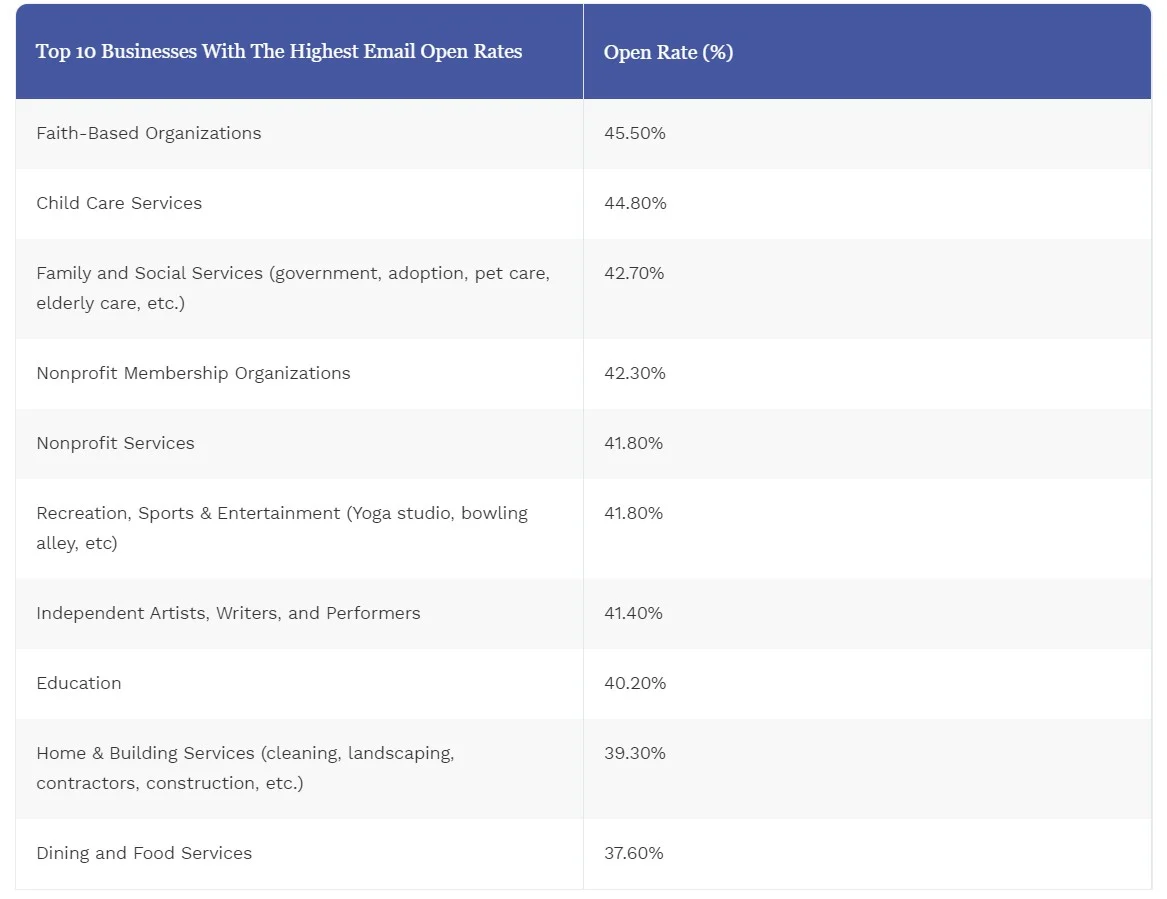
Source: Forbes
For B2B marketers, choosing the right social media platform isn’t just about being visible—it’s about engaging with decision-makers in spaces where they’re most active. LinkedIn’s dominance in this area is no accident; its professional ecosystem fosters meaningful networking, thought leadership, and trust, making it an essential tool in any B2B marketer’s arsenal. While platforms like YouTube and Instagram are witnessing growth in adoption, LinkedIn remains the gold standard for driving real business value. Let’s break down the key data that highlights this trend:
- 85% of B2B marketers identify LinkedIn as the platform that delivers the best value for their organization. Source
- In comparison, Facebook is cited by only 28%, YouTube by 22%, and Instagram by 21% as delivering the best value for B2B efforts. Source
- Heike Young, Microsoft’s Head of Content and Integrated Marketing, calls LinkedIn a “gold mine” for B2B marketers. Source
- Over the past year, 68% of B2B marketers have increased their use of LinkedIn. Source
- YouTube emerged as another rising contender, with a 31% increase in usage by B2B marketers. Source
- Instagram isn’t far behind, reporting a 27% growth in usage among B2B marketers. Source
- Facebook saw a 20% increase in adoption, yet it still lags behind LinkedIn significantly. Source
- X (formerly Twitter) has seen substantial decline, with 39% of marketers now saying they don’t use the platform, up from 27% the previous year. Source
Key Takeaway: Prioritize LinkedIn, But Don’t Overlook Emerging Formats
With B2B marketers increasingly favoring LinkedIn for its unparalleled ability to connect professionals and facilitate business storytelling, it’s clear where your focus should lie. However, platforms like YouTube and Instagram are expanding their influence, particularly for B2B brands experimenting with video and visual storytelling. Diversifying your strategy across these platforms can spark fresh engagement, while LinkedIn remains your cornerstone for professional credibility and lead generation. Meanwhile, the decline of X serves as a reminder that social media trends shift—and it’s vital to recalibrate your strategy when platforms lose relevance within your target audience.
Pro Tip:
Leverage LinkedIn’s native features like polls, newsletters, and live video to deepen audience engagement. Additionally, repurpose content from LinkedIn for Instagram Reels or YouTube Shorts to tap into the growing appetite for short-form, accessible content across multiple platforms.
Bridging the Gap Between Digital and Face-to-Face B2B Engagement
In an era where digital touchpoints dominate, in-person interactions still hold a powerful influence, particularly in the B2B sector. While technology has made outreach more scalable, the human element remains irreplaceable when it comes to building trust and lasting relationships. The most effective B2B strategies don’t choose between digital and in-person—rather, they harmonize both to create a consistent and impactful experience.
- In-person interactions at trade shows, conferences, exclusive roundtables, and networking events offer unique opportunities to build trust and nurture relationships that digital channels alone cannot fully replicate. Source
- For 2025, businesses should allocate budget for key industry events and integrate these events into their Account-Based Marketing (ABM) campaign plans. Source
- It’s essential to blend online and offline strategies by utilizing digital tools to follow up with leads acquired through in-person interactions. Source
Key Takeaway
Success doesn’t lie in choosing one strategy over the other—it’s about weaving digital convenience with the trust-building atmosphere of in-person interactions. Whether it’s using ABM to ensure personalized outreach or leveraging a CRM to track each touchpoint, the synergy of these two approaches can drive stronger relationships and better results.
Pro Tip:
Use automation tools, like email sequences or event-triggered reminders, to follow up with leads promptly after in-person interactions. This not only keeps your business top-of-mind but also ensures every opportunity is maximized.
Breaking Free from Maintenance: Strategies to Unlock B2B Marketing Potential
Many B2B marketing teams operate under the weight of never-ending maintenance tasks, from fixing system integrations to troubleshooting data accessibility. While these efforts are necessary, they can create a culture of reactionary problem-solving at the expense of strategic innovation. To thrive in an increasingly competitive landscape, teams need to shift their mindset—focusing less on “putting out fires” and more on building sustainable, impactful marketing practices. This means not just adopting new tools or strategies, but creating an environment where collaboration flourishes, decisions are data-driven, and “busy work” is replaced by intentional, high-value activities.
- Many B2B marketing teams are perpetually stuck “fixing things” like CMS implementation, marketing automation, and inaccessible customer data, diverting resources from innovative projects. Source
- Successful marketing teams prioritize action over mere experimentation, focusing on strategic initiatives that drive meaningful outcomes. Source
- Marketing teams should ditch the idea that being constantly busy equates to productivity and instead, focus on creating space for remarkable work. Source
- Creating a content orchestration approach and fixing communication and collaboration issues among content teams is crucial for producing compelling and award-winning content. Source
- Instead of letting every team member experiment with AI without direction, B2B marketers should come together to collaborate on and commit to a few strategic bets. Source
- Many marketing challenges stem from institutional momentum; one company created 250 thought leadership PDFs in a year, but only 63 earned more than 20 downloads. Source
Key Takeaway: Build a More Intentional Marketing Strategy
B2B marketing success isn’t about doing more—it’s about doing better. Teams that align around clear goals, nurture strong internal collaboration, and prioritize strategic initiatives not only avoid burnout but also position themselves for long-term success. Instead of spreading resources thin or defaulting to “business as usual,” marketers should regularly evaluate which efforts truly contribute value and align those efforts with the broader objectives of the organization.
Pro Tip:
Introduce quarterly “stop-doing” meetings to uncover inefficiencies. Use these sessions to identify low-impact projects or redundant processes that can be eliminated, enabling your team to invest more time and energy in high-value work, such as strategic AI implementation or crafting targeted, award-winning campaigns.
The Potential of Advanced Attribution Tracking for Email Campaigns
Understanding exactly how your marketing efforts influence conversions is no longer a luxury—it’s a necessity. Advanced attribution tracking enables businesses to pinpoint which strategies fuel results, empowering marketers to optimize their efforts with surgical precision. As we move closer to 2025, the brands that fully embrace this data-driven approach will not only refine their campaigns but also position themselves to outpace competitors in ROI and efficiency.
- In 2025, accurate attribution will be vital for determining which marketing activities are driving conversions. Source
- Tracking each stage of the marketing funnel, from awareness to purchase, will enable more informed decision-making and better allocation of resources. Source
- Mapping analytics and attribution tracking to the buyer journey is a worthwhile investment for B2B marketers. Source
- Ensure that CRM and marketing platforms are fully integrated to provide a comprehensive view of each lead’s progress through the sales funnel. Source
Key Takeaway
Focusing on advanced attribution tools allows marketers to uncover the true impact of their efforts while eliminating guesswork. By integrating platforms like CRMs and marketing analytics solutions, teams can better understand how leads move through the funnel—and more importantly, what’s working and what’s not. This holistic view doesn’t just optimize email campaign performance; it fuels smarter, long-term strategic decisions.
Pro Tip:
As customer behavior grows increasingly complex, your attribution model shouldn’t stay stagnant. Experiment with multi-touch attribution or AI-powered insights to uncover nuanced patterns and adjust your strategy in real-time. This ensures you’re not only staying ahead but also responding to what your audience needs most.
For businesses looking to go beyond just email campaigns and adopt a holistic approach to marketing, full-service marketing solutions can provide the expertise needed to integrate strategies across multiple channels. This ensures every aspect of your marketing funnel works together seamlessly, driving better results and maximizing ROI.
Conclusion
The landscape of email marketing services is undergoing a transformative shift, driven by personalization, strategic integration, and AI innovations. As trends like Account-Based Marketing (ABM), influencer collaborations, and first-party data strategies gain momentum, it’s clear that email campaigns are becoming more targeted and impactful than ever before. High-quality content, tailored messaging, and advanced attribution tracking are no longer optional—they are necessities for staying competitive in a dynamic B2B environment. Moreover, leveraging platforms like LinkedIn and seamlessly blending digital and in-person strategies can amplify engagement and foster stronger customer relationships.
These insights underscore a vital takeaway: success in email marketing hinges on adaptability and a proactive approach to emerging trends. By adopting smarter tools, refining content strategies, and aligning marketing initiatives with measurable goals, businesses can turn challenges into opportunities for growth.
Ready to boost your traffic and grow your website? Your customers are looking for you, and our SEO services can help you be found across search engines. Let’s build a strategy that turns insights into action and drives lasting results.
About The Biggest Shifts in Email Marketing Trends: Personalization and AI Innovations
This guide was written by the Scopic Studios team and reviewed by Araksya Hakobjanyan, SEO Lead at Scopic Studios.
Scopic Studios delivers exceptional and engaging content rooted in our expertise across marketing and creative services. Our team of talented writers and digital experts excel in transforming intricate concepts into captivating narratives tailored for diverse industries. We’re passionate about crafting content that not only resonates but also drives value across all digital platforms.
Note: This blog’s images are sourced from Freepik.










